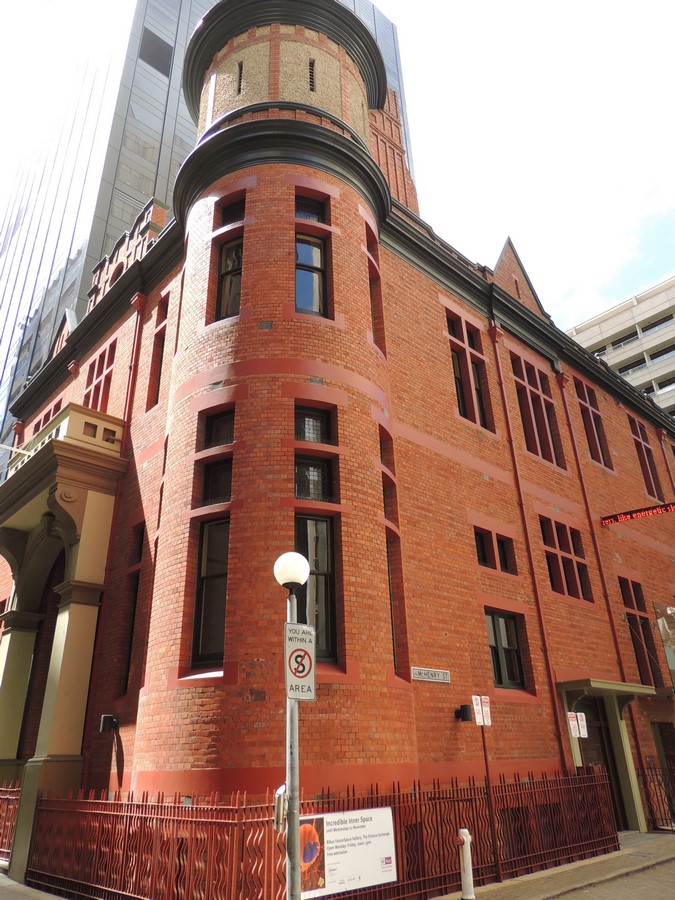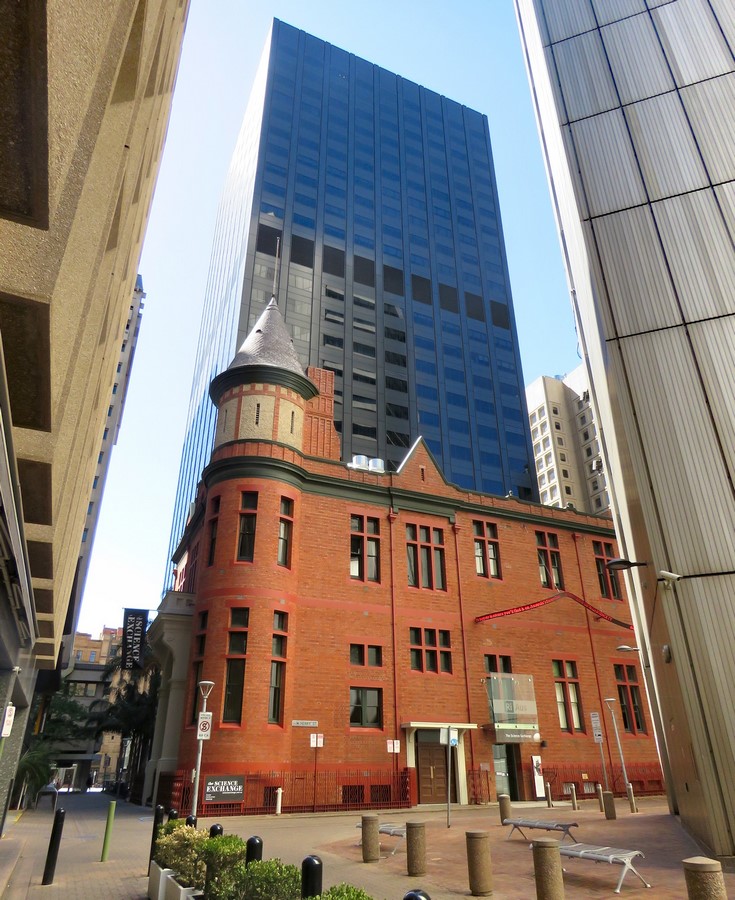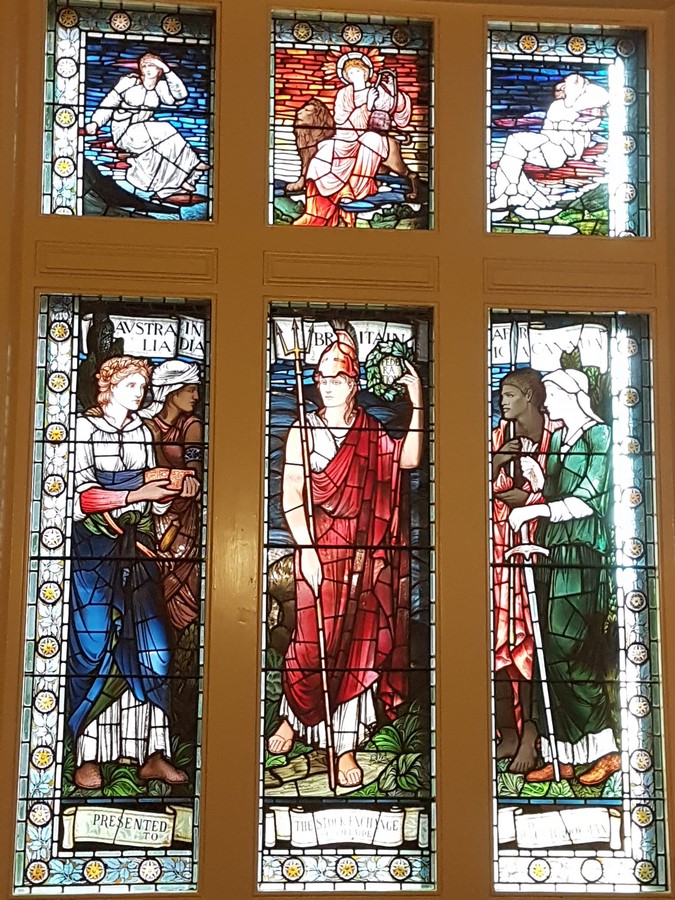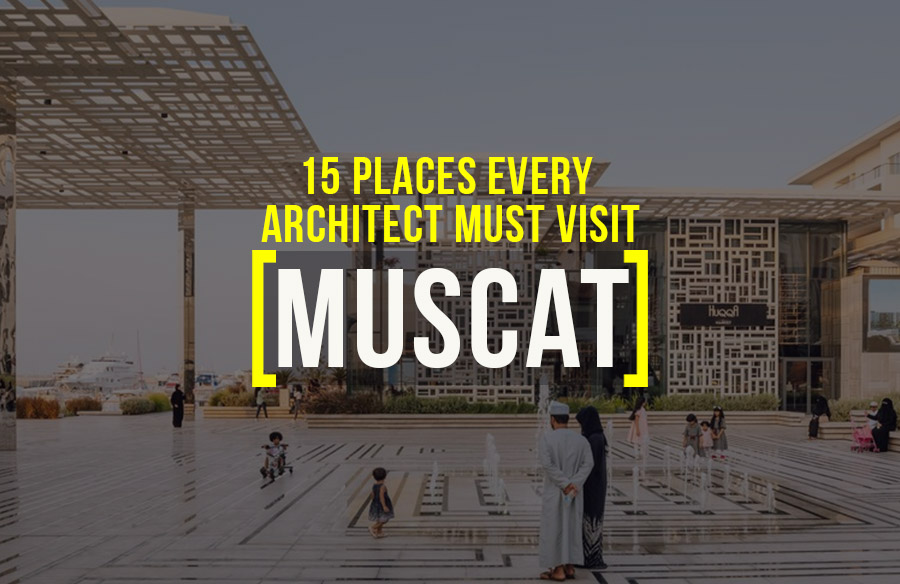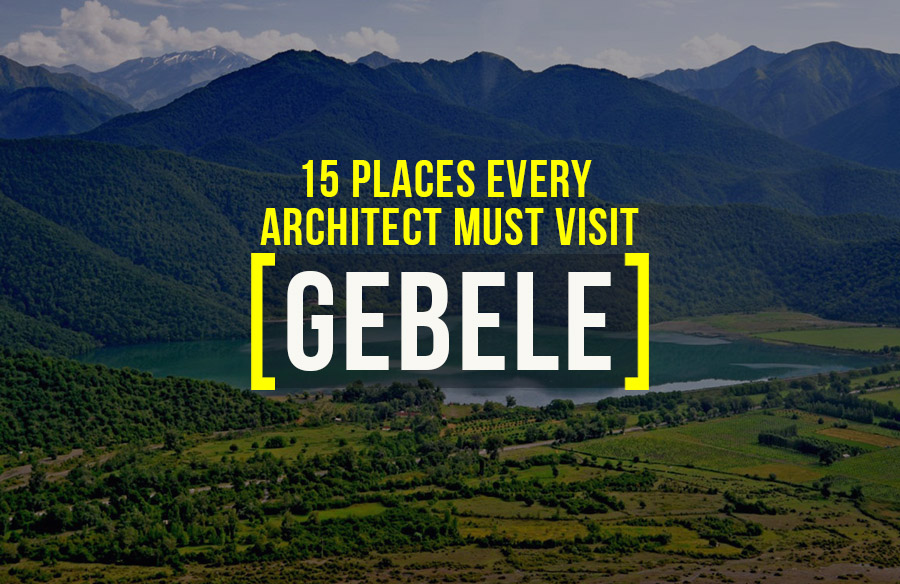Adelaide, the capital city of South Australia, is slowly becoming the most tourist-oriented place in the State, not just because of its snowballing high tech architecture and lifestyle but also because it is hand-holding its rich heritage at the same time. This city was planned by Colonel William Light, who designed this city in a gridiron pattern, with five public squares that collect the chaos and bring order to the city. The city is also known for its “parklands” that run along with the Riven Torrens breathing life into the city. The amazing wineries, the churches, and the bustling boulevards are all different pieces to this perfect architectural puzzle.
Here are 15 places to visit:
1. Victoria’s Square
Victoria’s Square is sited at the center of the city and houses many prestigious buildings like the Supreme Court of South Australia, General Post Office, Church of St. Francis Xavier, and Central Market. The square also holds the namesake statue of Queen Victoria and the beautiful Three River Fountain. It has an unprecedented history of Aboriginals using it for gatherings and events in the past and is presently used as a recreational public space for hosting festivals. The buildings in this courtyard display an assortment of architectural styles be it the Doric colonnade or be it the Neoclassical style.
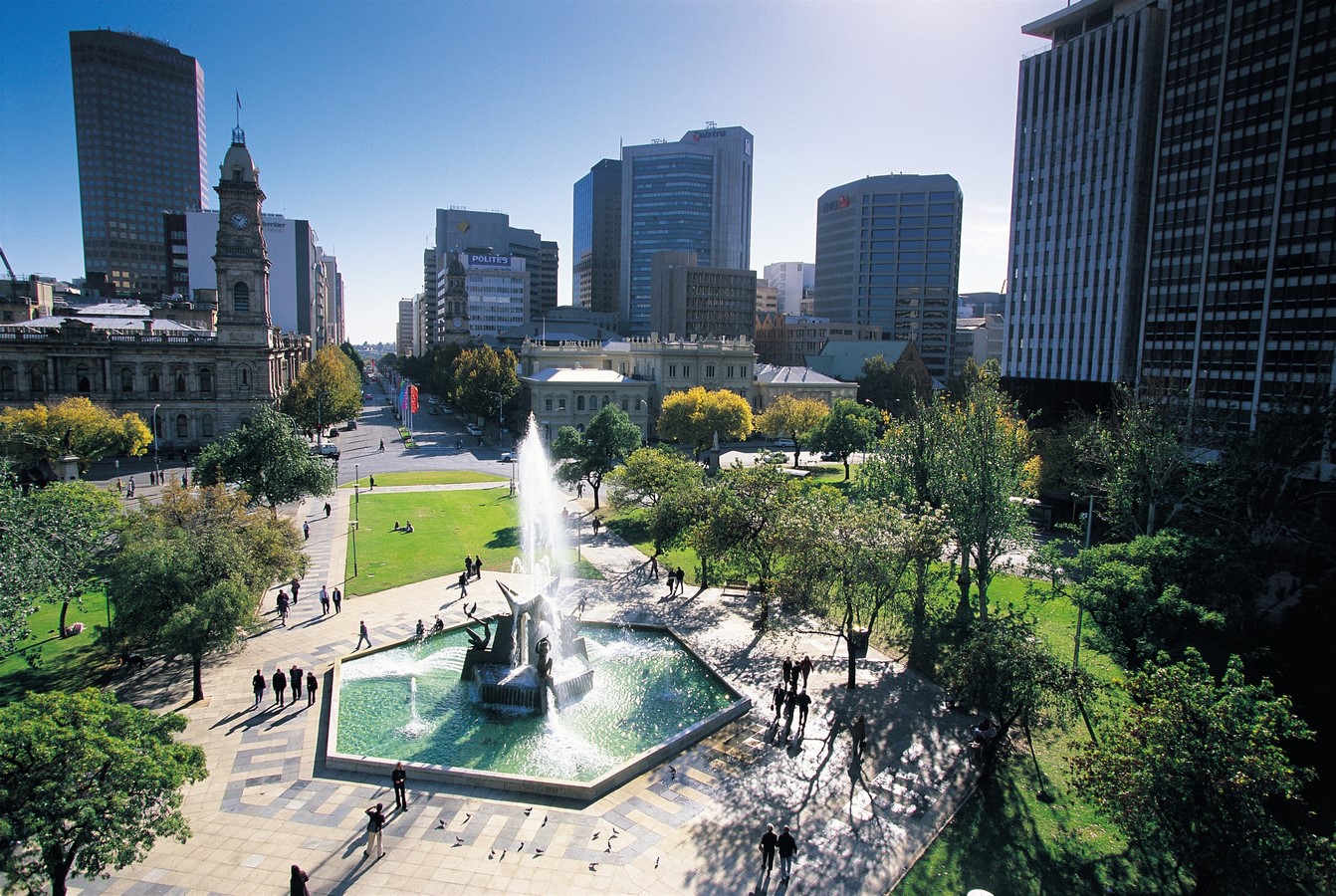
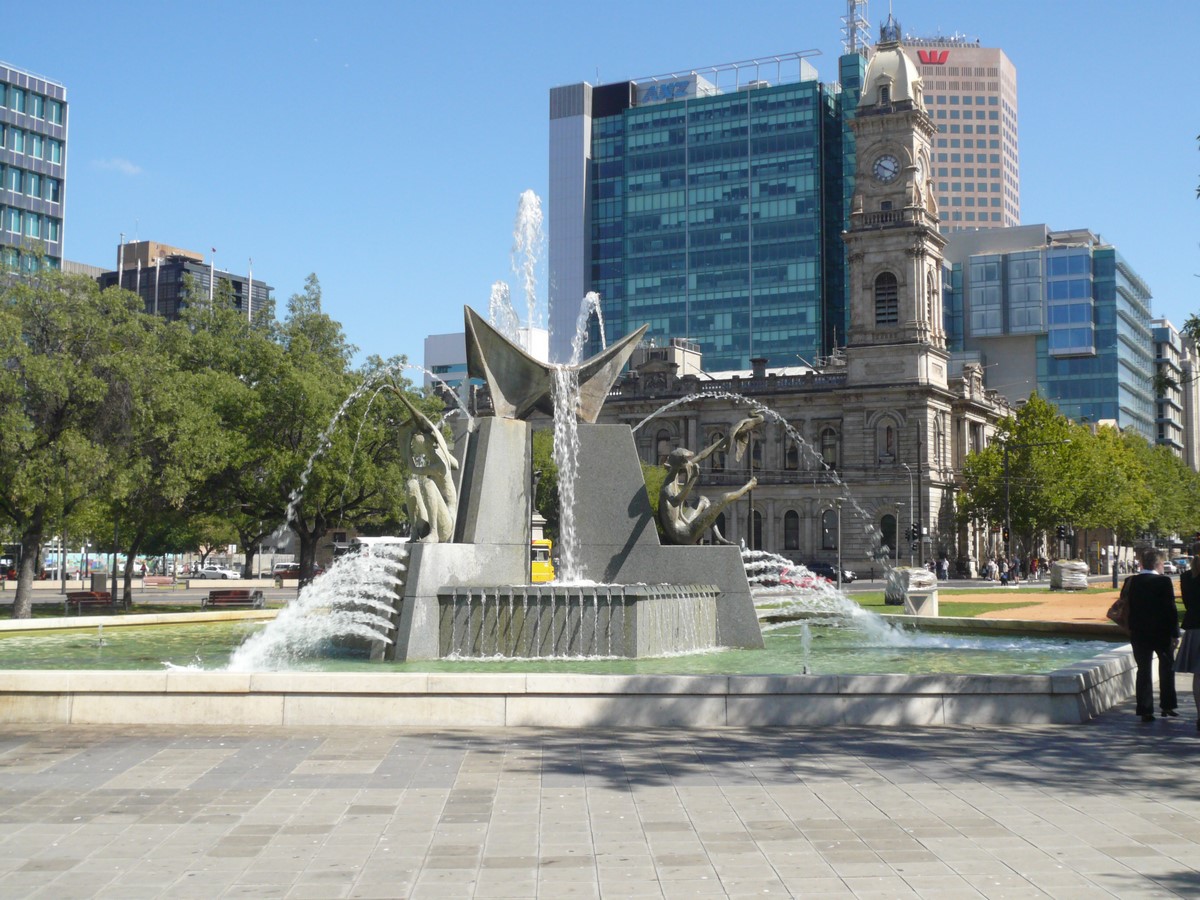
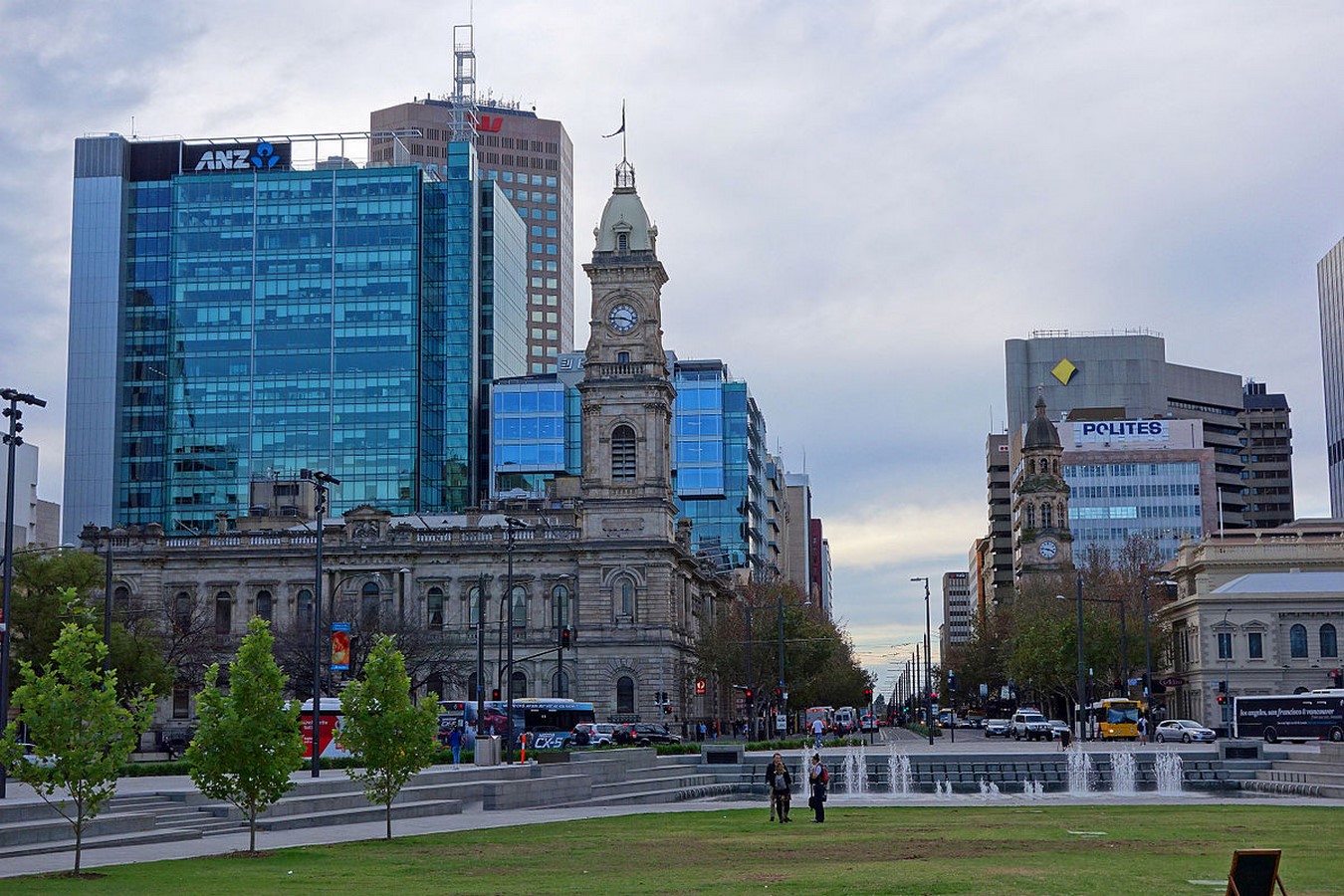
2. Ayers House
Ayers House is the only standing bluestone mansion in The North Terrace. Its commission dates back to the year 1846 when it was owned by a chemist William Paxton, who then leased it to Sir Henry Ayers in 1855, who fashioned it in the Regency Architecture Style and made it as elegant and pricey as himself. The house has two extended wings in the east and west, which are in bay style and have wooden louvers in the windows. The interiors are flourishing with ‘/hand-painted ceilings, stenciled woodwork, and exquisite wooden furniture.
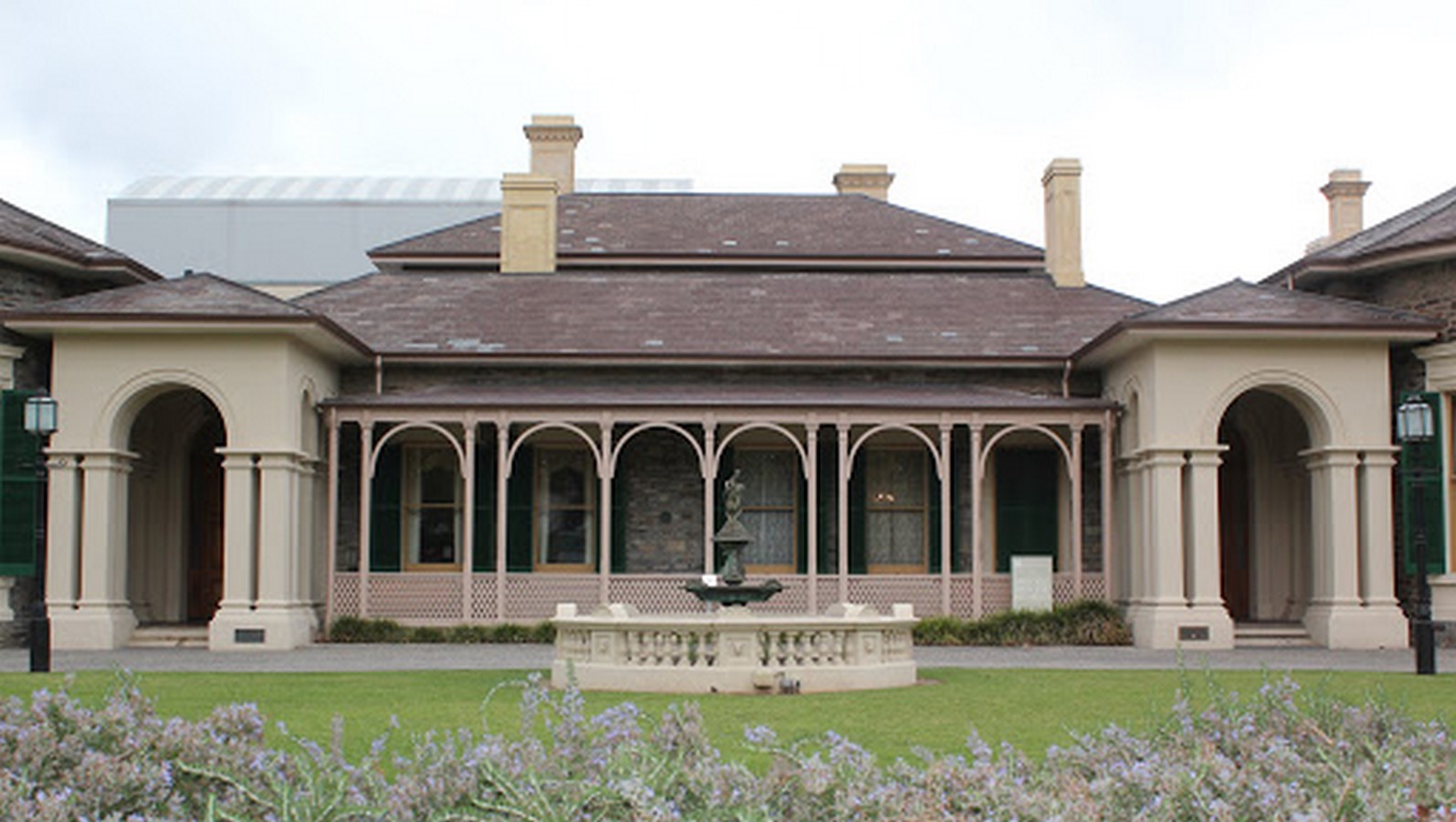
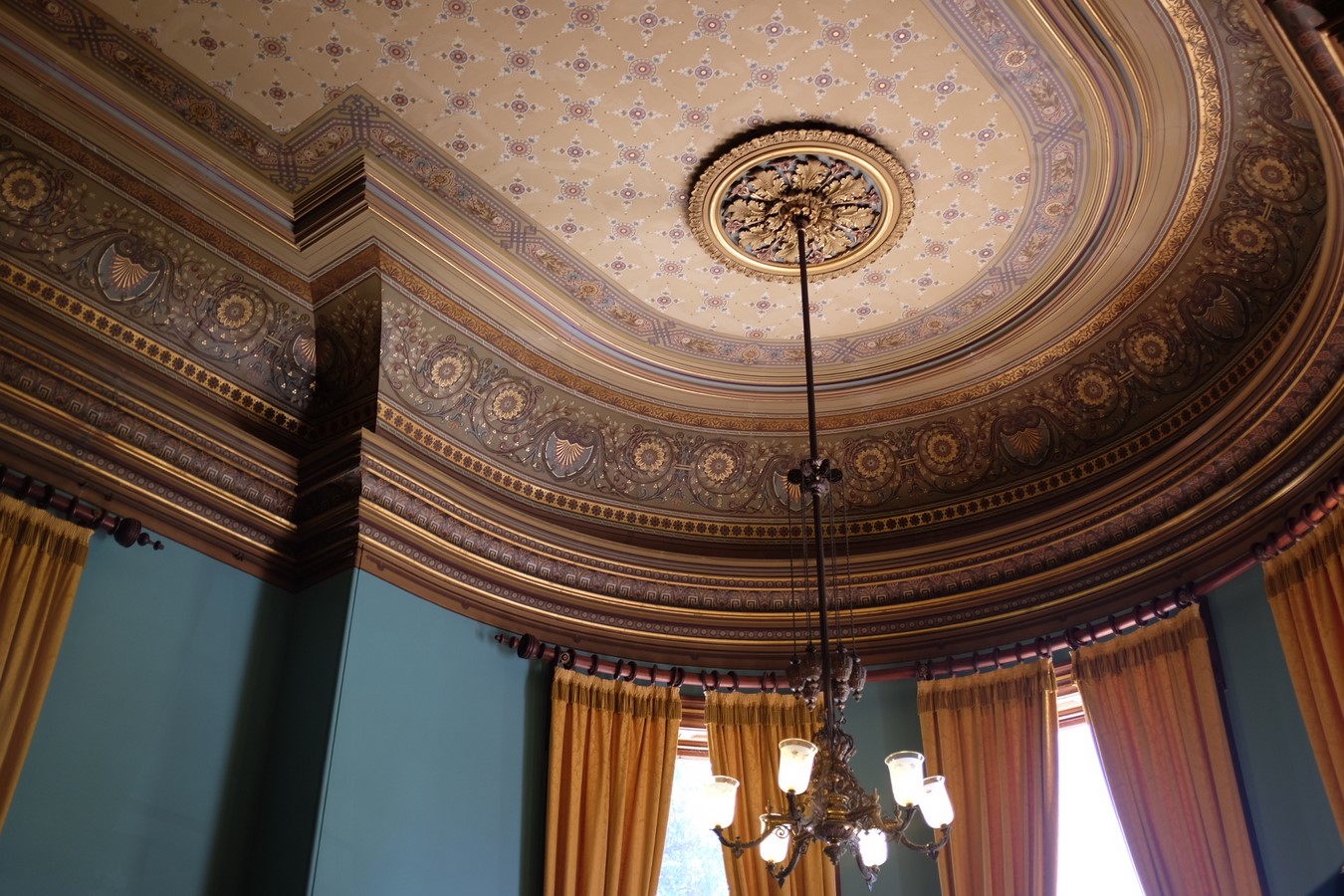
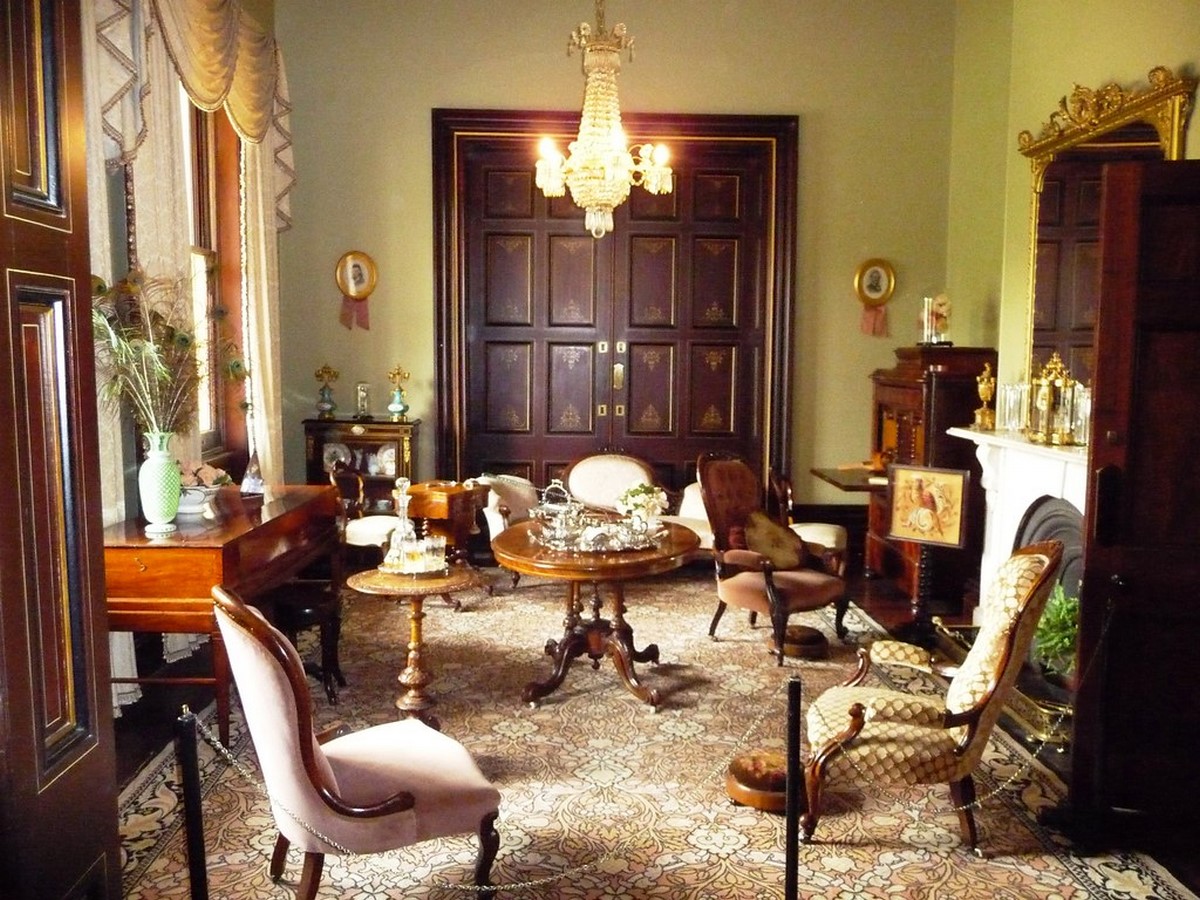
3. The North Terrace
The North Terrace runs from east to west and along River Torrens, acting as a barrier between the Southern and Northern Zone of the city. It is one of the four terraces that frame the city and is a major hit amongst the tourists as this boulevard is full of avenues of trees and various cultural institutions like The Parliament House, the State Library of South Australia, the South Australian Museum, the Art Gallery of South Australia and the Adelaide Botanical Gardens.
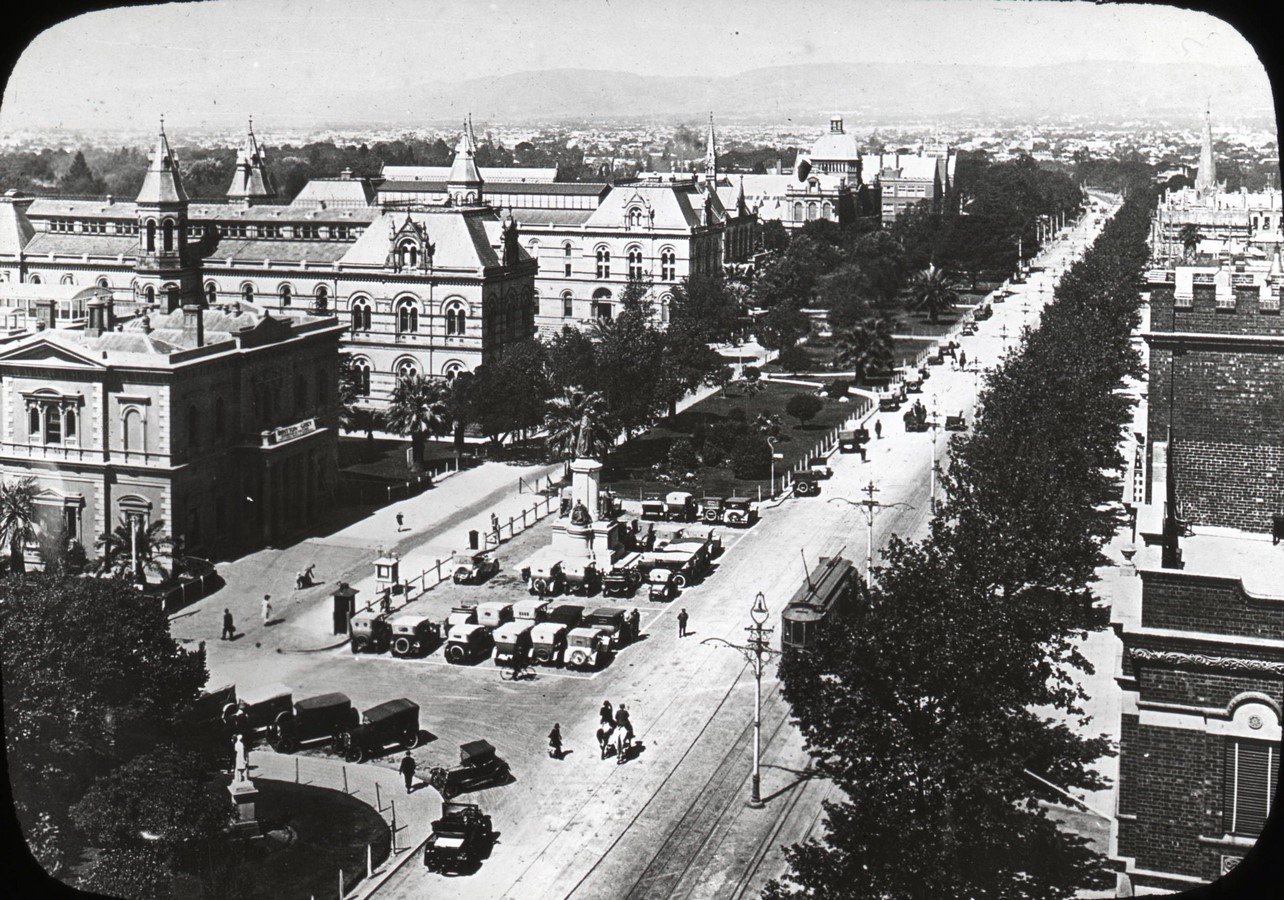

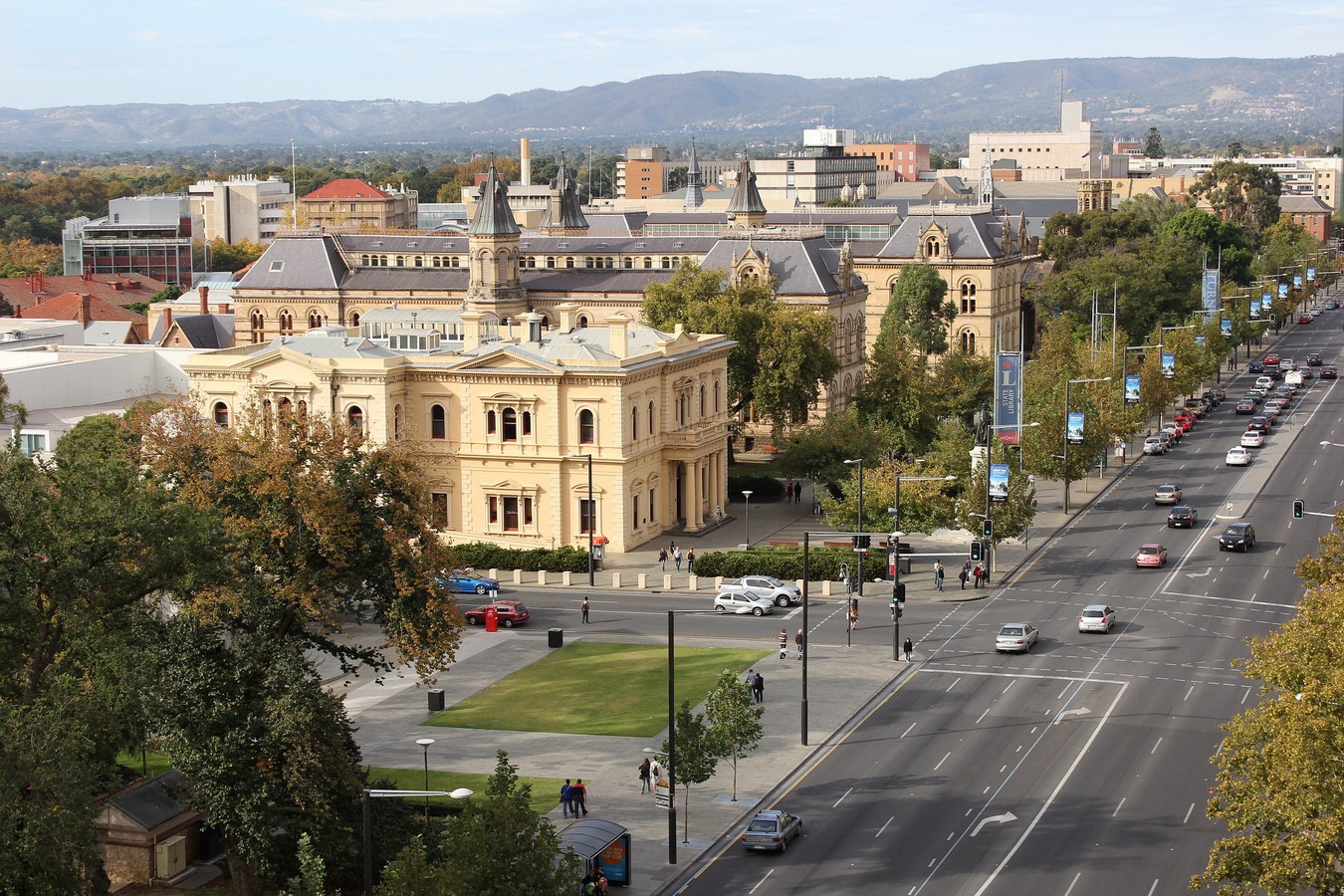
4. Botanical Gardens
The Adelaide Botanical Gardens are a repository of diverse kinds of planting schemes that include medicinal plants, a Mediterranean collection of plants, Australian native species, and several wetlands. These gardens spread in a 51-acre area housing beautiful landscapes, remarkable works of art, and noteworthy historic buildings as well. Some of which are, the curvilinear superstructure made of iron known as the Bicentennial Conservatory, the Amazon Waterlily Pavilion inspired by a leaf structure, and the Palm House which is a restored Victorian Glass House with construction techniques that were too novel to be used at that time.
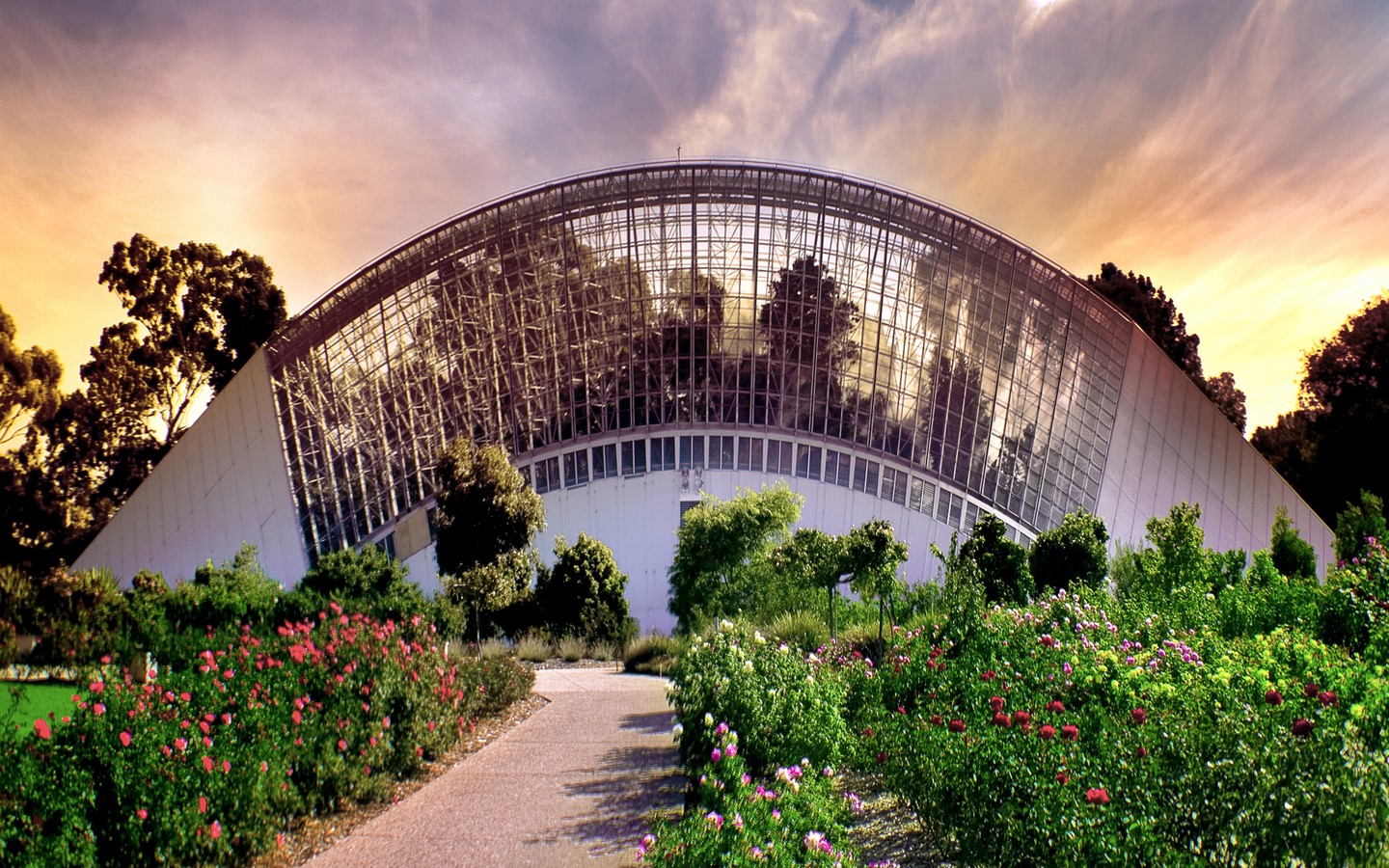
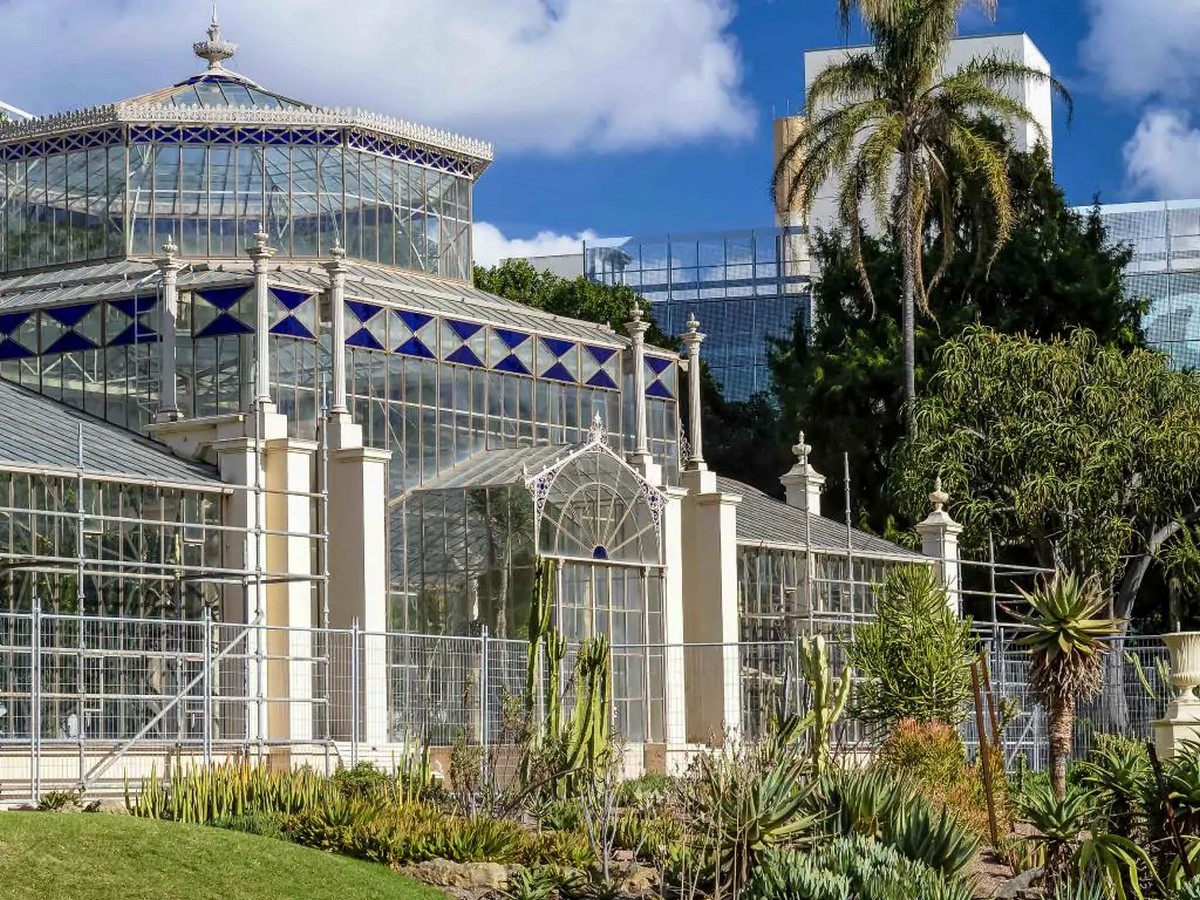

5. Adelaide Oval
Adelaide Oval is a distinctive stadium designed in a horseshoe shape with a roof consisting of white floating diagrid structures, scalloped on two sides, and anchored on one end by an inverted dish. It is a multidimensional sports arena that can now, upon restoration, include all kinds of national and international sports. The idea of the restoration was to preserve the plugs of heritage, be it the celebrated Edwardian Scoreboard or using materials like precast panels incorporated with sand, bronze claddings, and copper mesh screens that are in harmony with the stonework and the metal sculptures used in the architecture of the city.
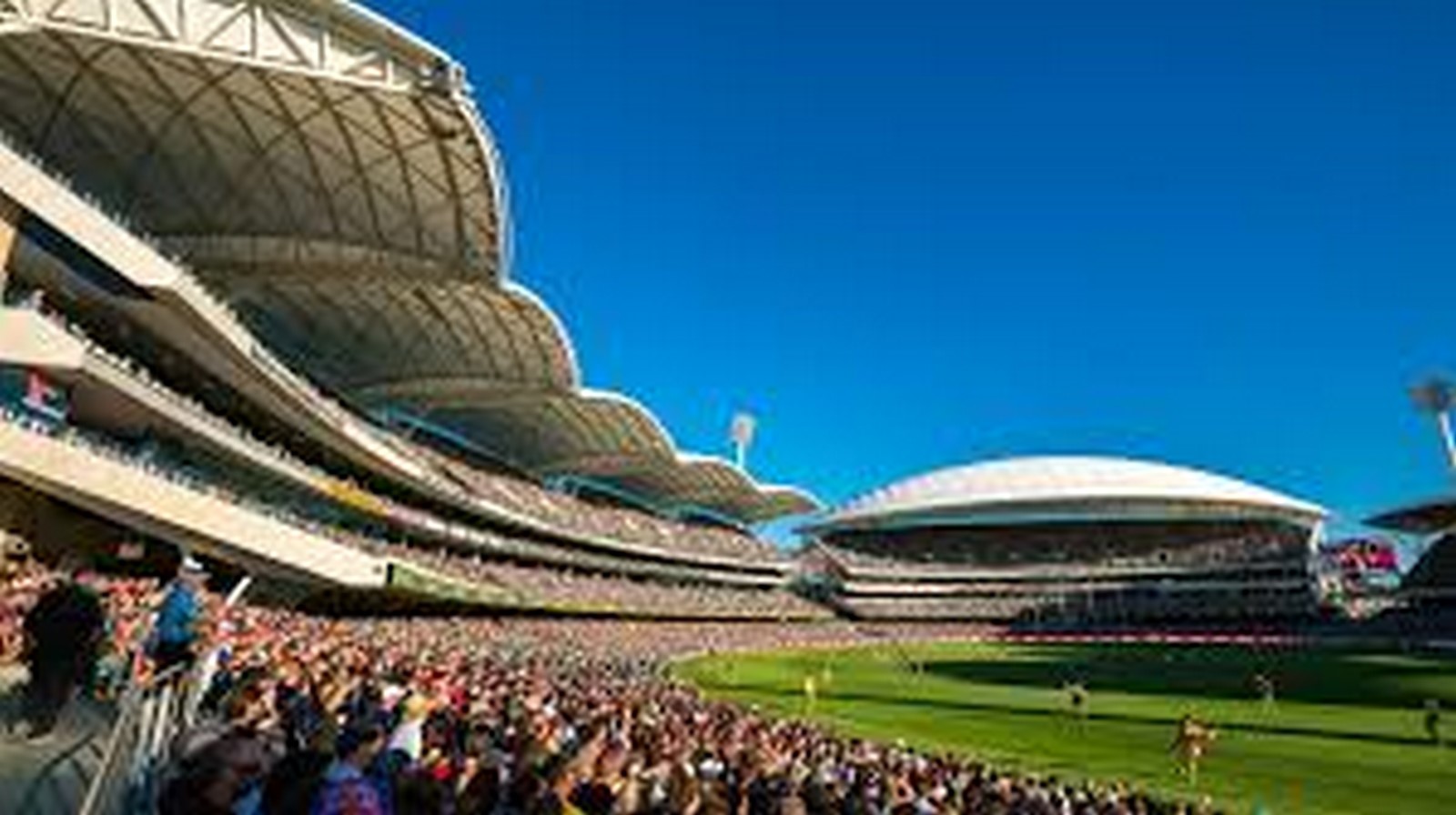
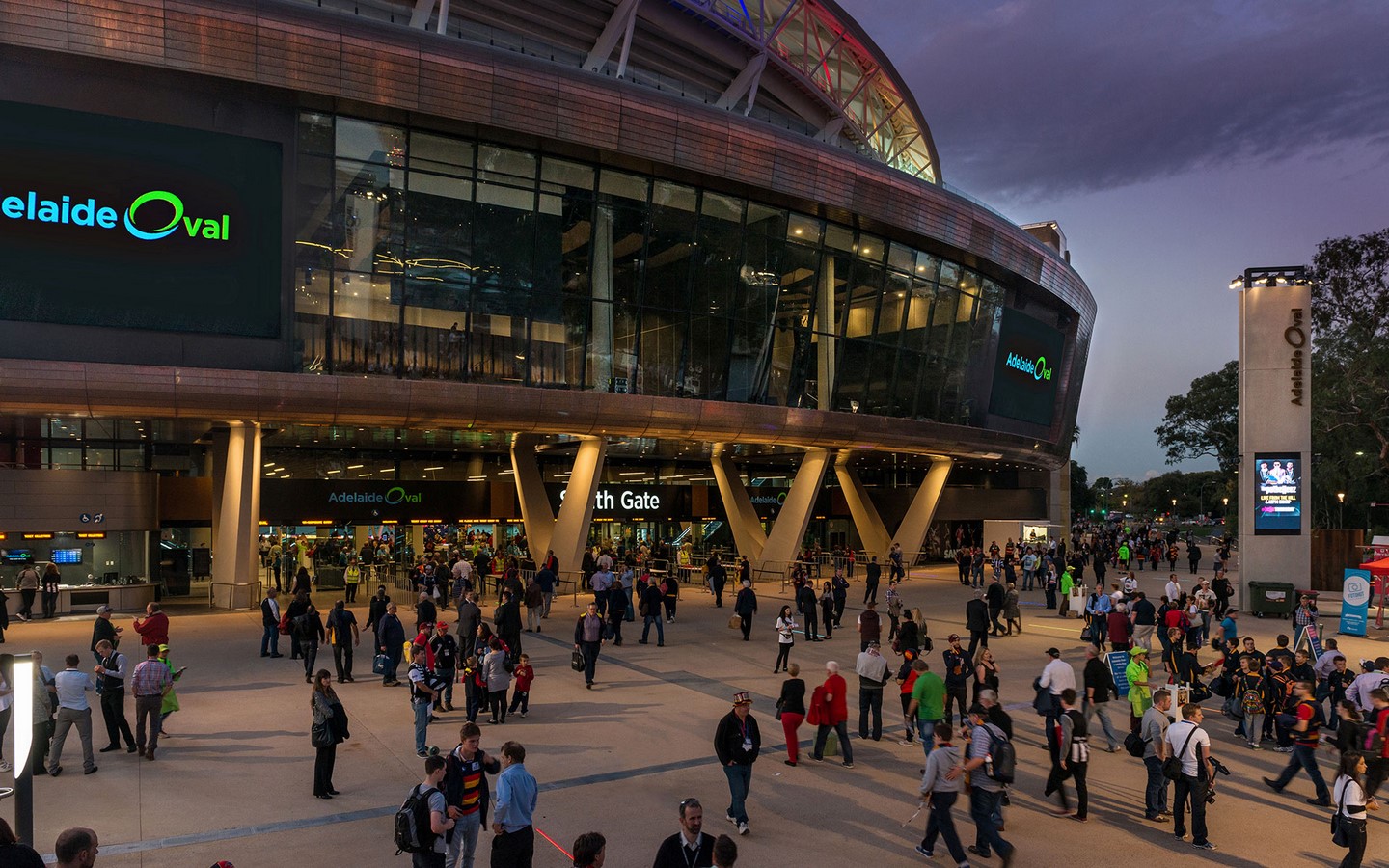
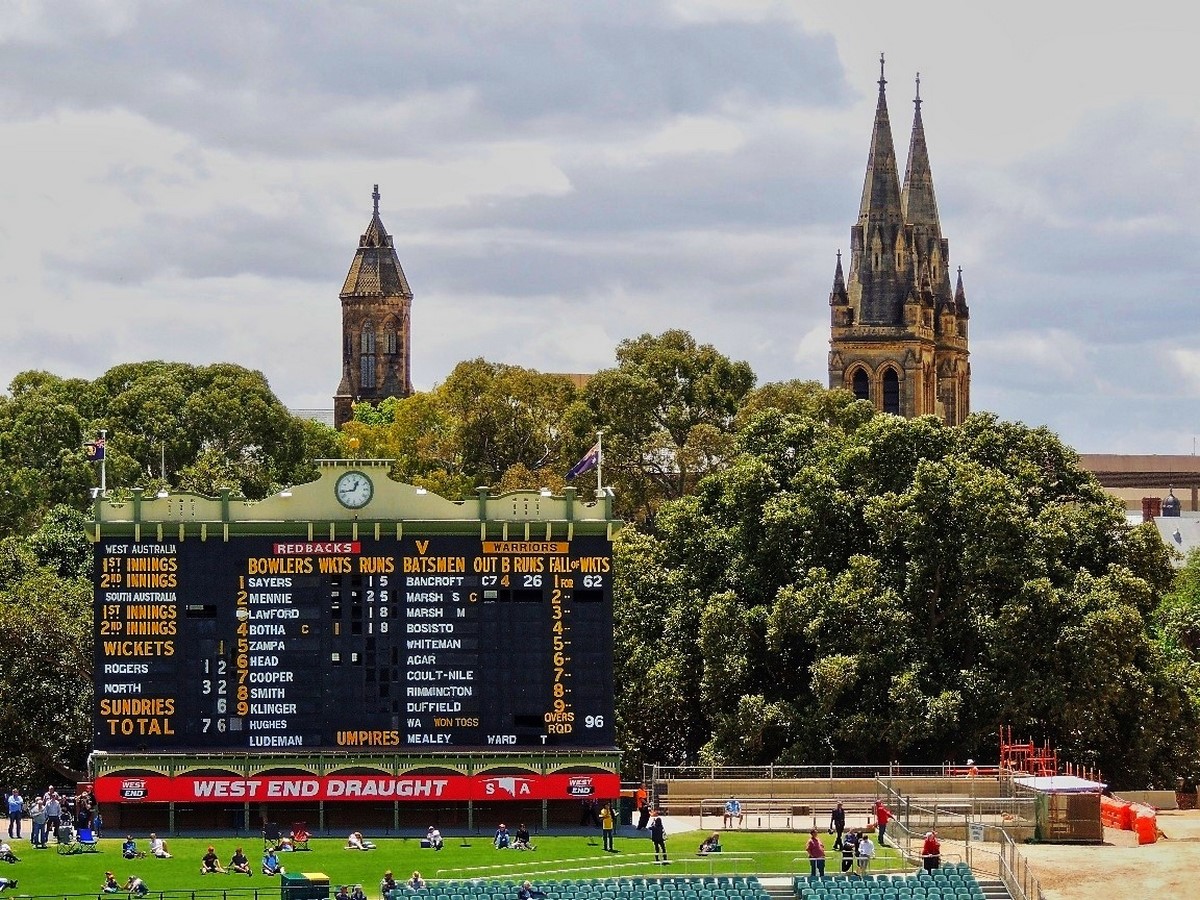
6. WestPac House
The West Pac House is one of the tallest buildings in Adelaide, bearing an architectural height up to 433ft, and having 31 floors. It is made up of concrete in the structure and precast reconstituted granite is used in the façade. In a city of traditional architecture and human-scale buildings, it tries to establish a rock-hard skyline. The glass windows light up in chic patterns during Christmas and Easter, keeping up with the festival spirit of Adelaide. At the base of the tower, there are cultural and traditional buildings that make it akin to its surroundings at the human scale.
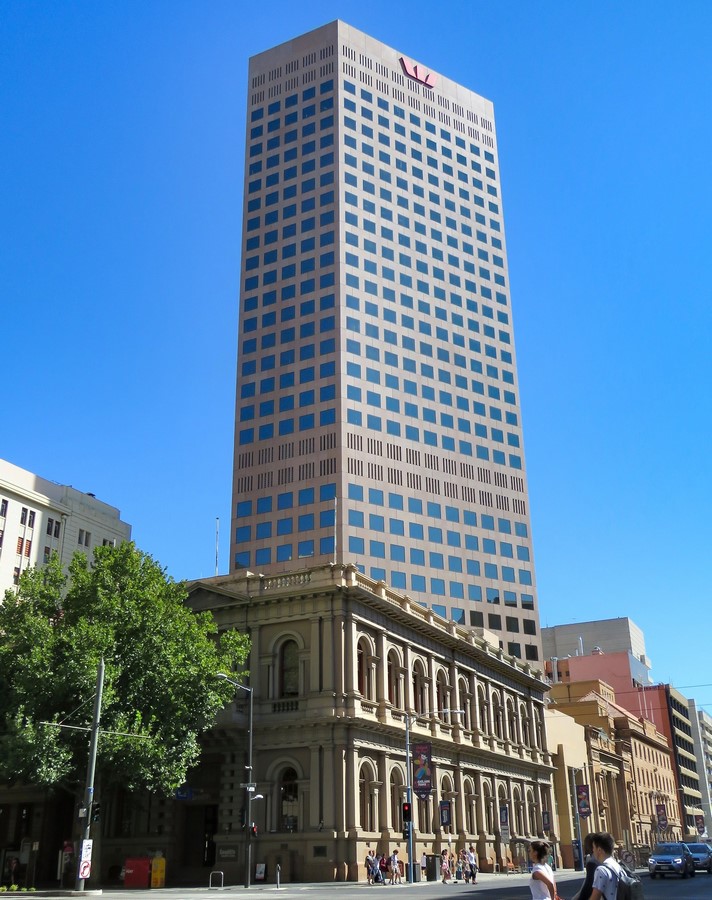
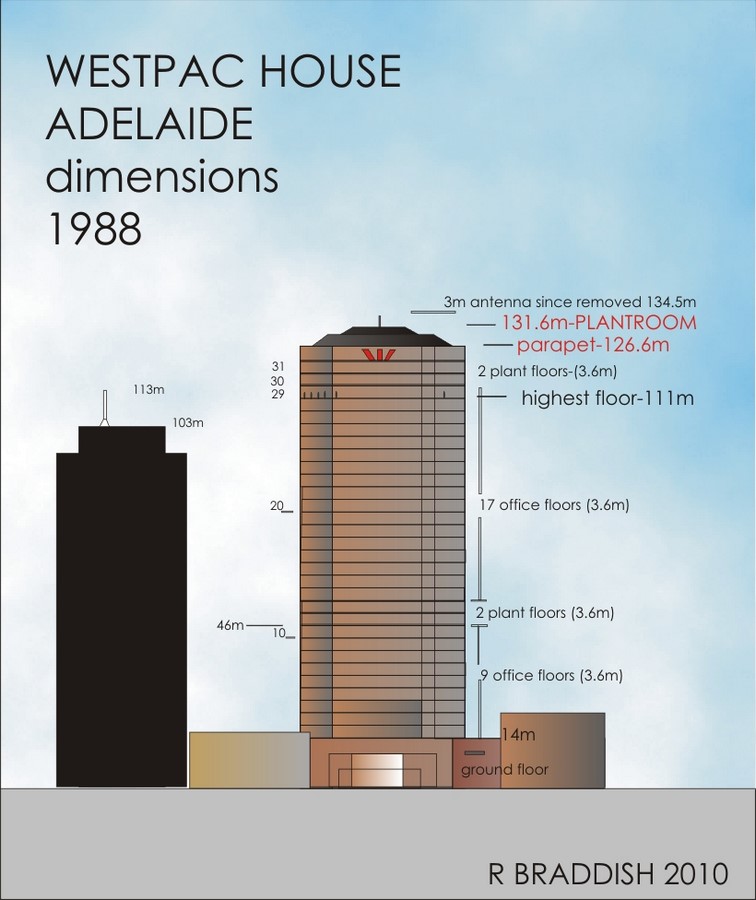
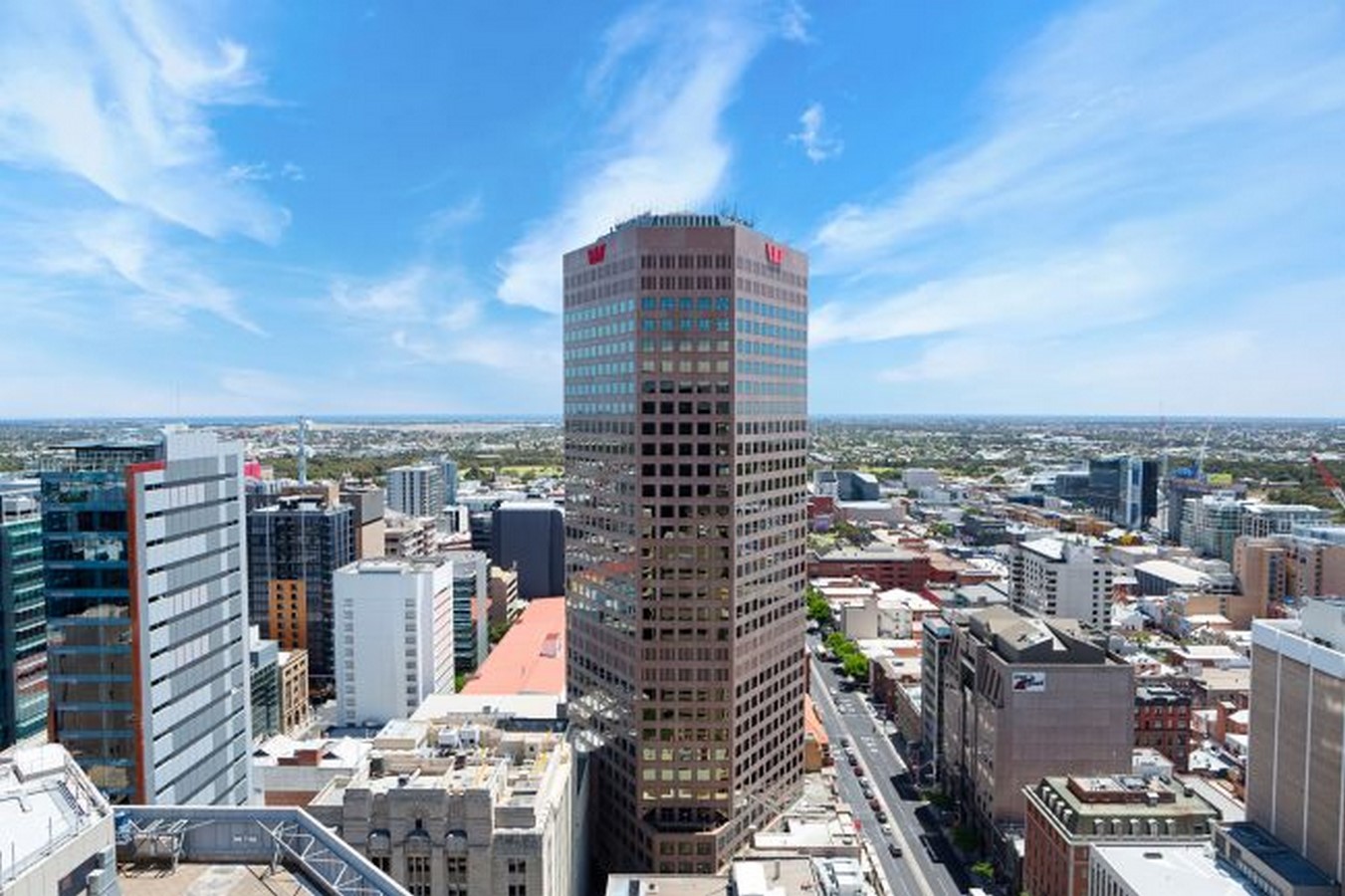
7. Heritage Village of Hahndorf
Hahndorf is the oldest German village situated in the Adelaide hills, established by Prussian Settlers in 1839. The village is a sight to behold, with elements of German Architecture like rural scale buildings, open spaces, and avenue of trees lining the streetscape of the village. The underscore of the village is The Main Street and The Victoria Street along which lies many quaint shops and galleries. The buildings are specific to the German “fachwerk” with timber framing and wattle and daub infill panels. Other prominent landmarks include St. Michael’s Lutheran Church and the Hahndorf Academy, both old fashioned yet exotic buildings.
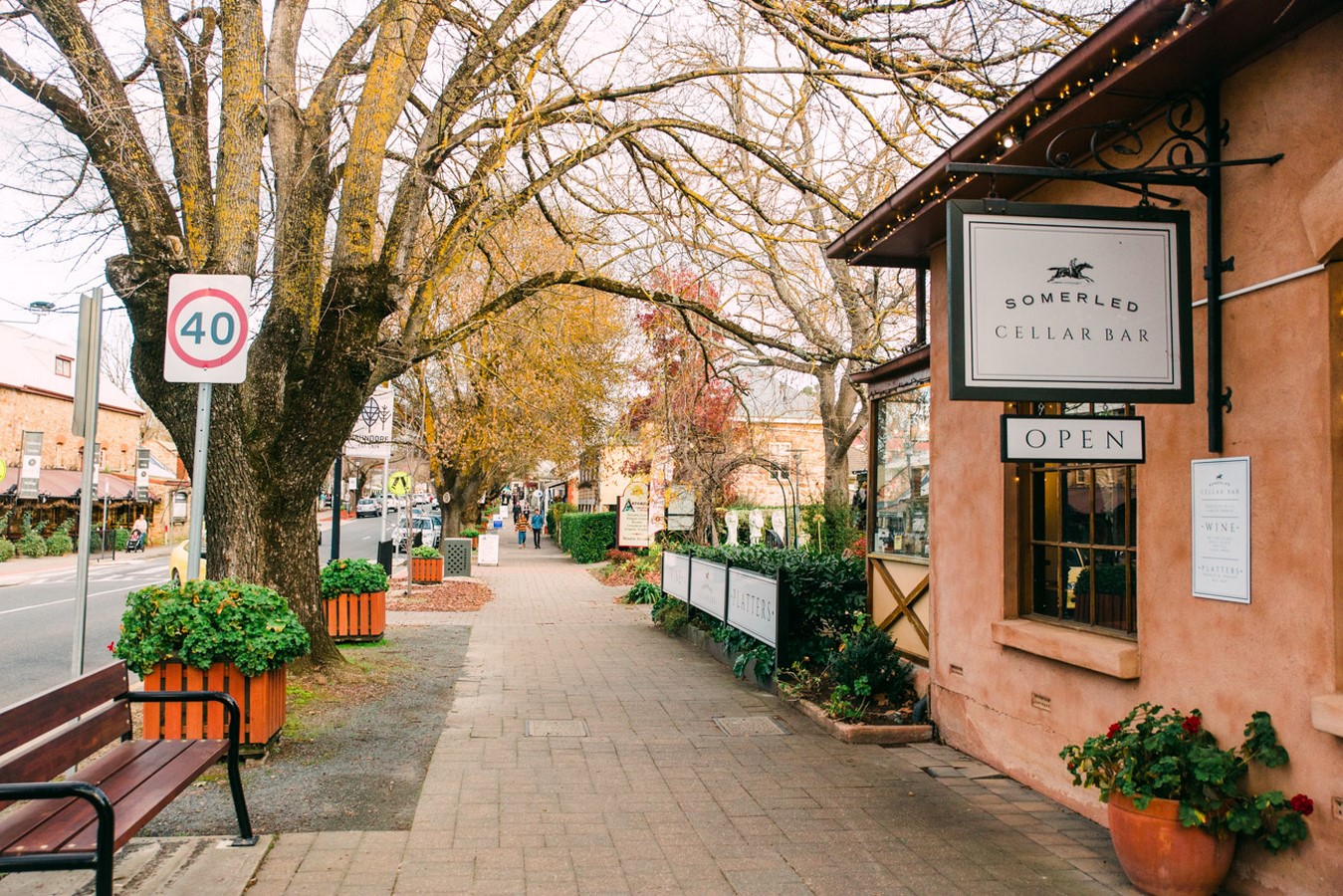
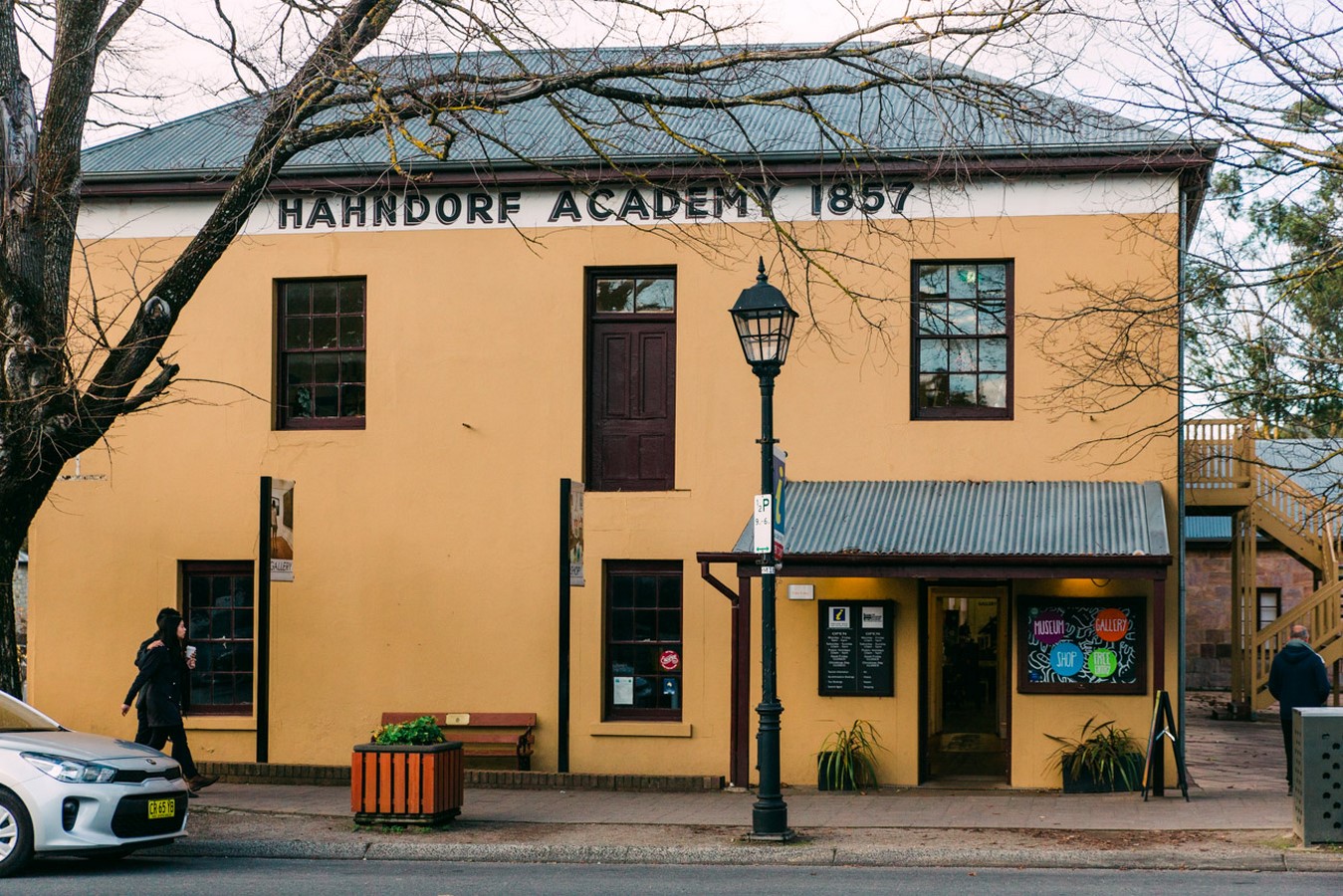
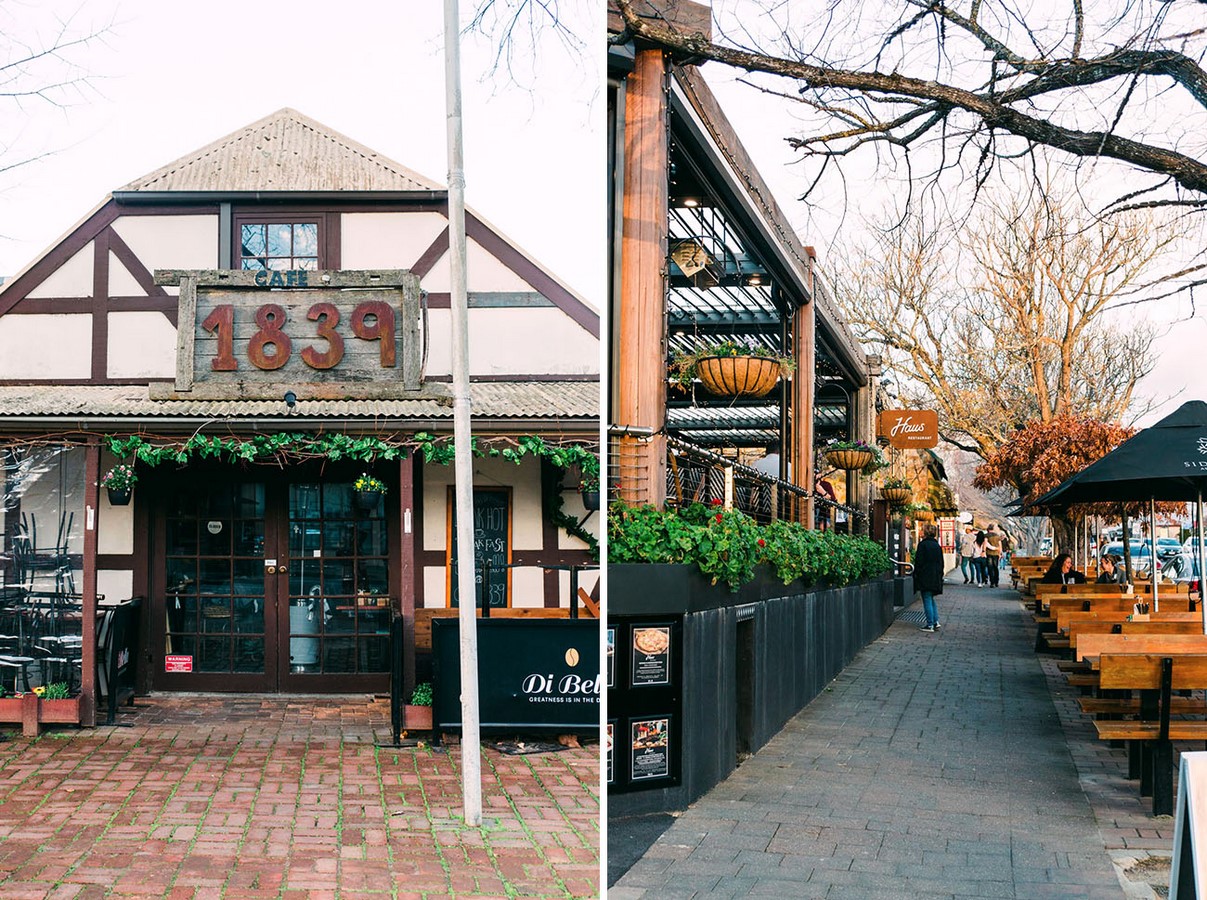
8. Adelaide Central Market
The Central Market in Adelaide is one of the largest producers of fresh produce. It dates back to the year 1869 and is a classic example of traditional architecture with brick façade, archway windows, and profiled brick parapets facing towards the street. The structure of this market is made up of wood and iron sheets. The tower block at one end of the building gives it the verticality and adds to the magnificence of the market. It has now grown to include other buildings like the Adelaide Central Market, Central Market Arcade, Market plaza, China Town, and /Gouger Street.
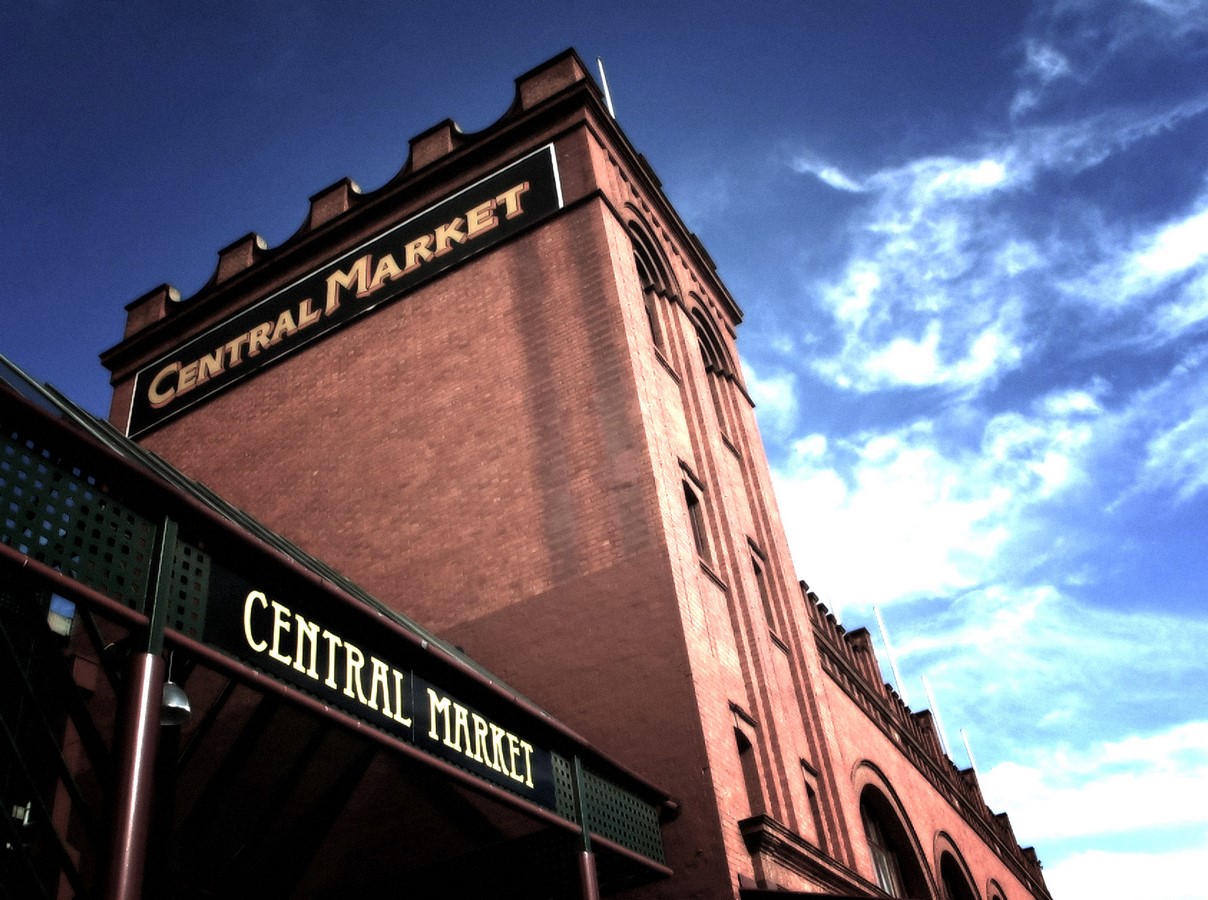
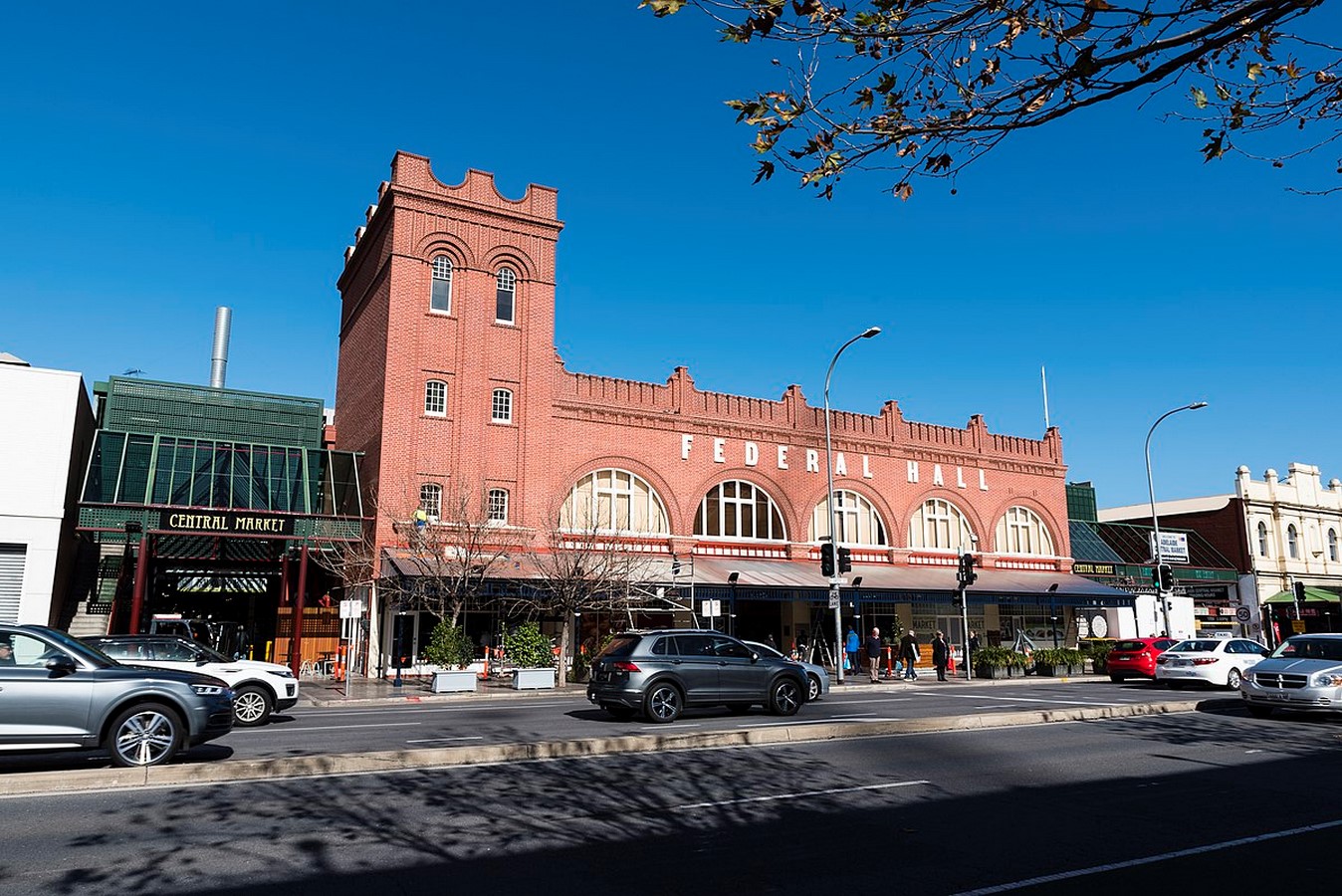

9. Art Gallery of South Australia
The Art Gallery of South Australia, located on The North Terrace is known to be the harbinger of art and culture in the State. It is an example of Victorian Architecture and has Doric columns standing tall in the portico. The gallery houses collections from all mediums like sculptures, paintings, furniture, ceramics, metal works, textiles, and jewelry. The interiors of the gallery embrace minimal ornamentation, painted ceilings and walls, and have huge skylights to enhance the work of the artists.
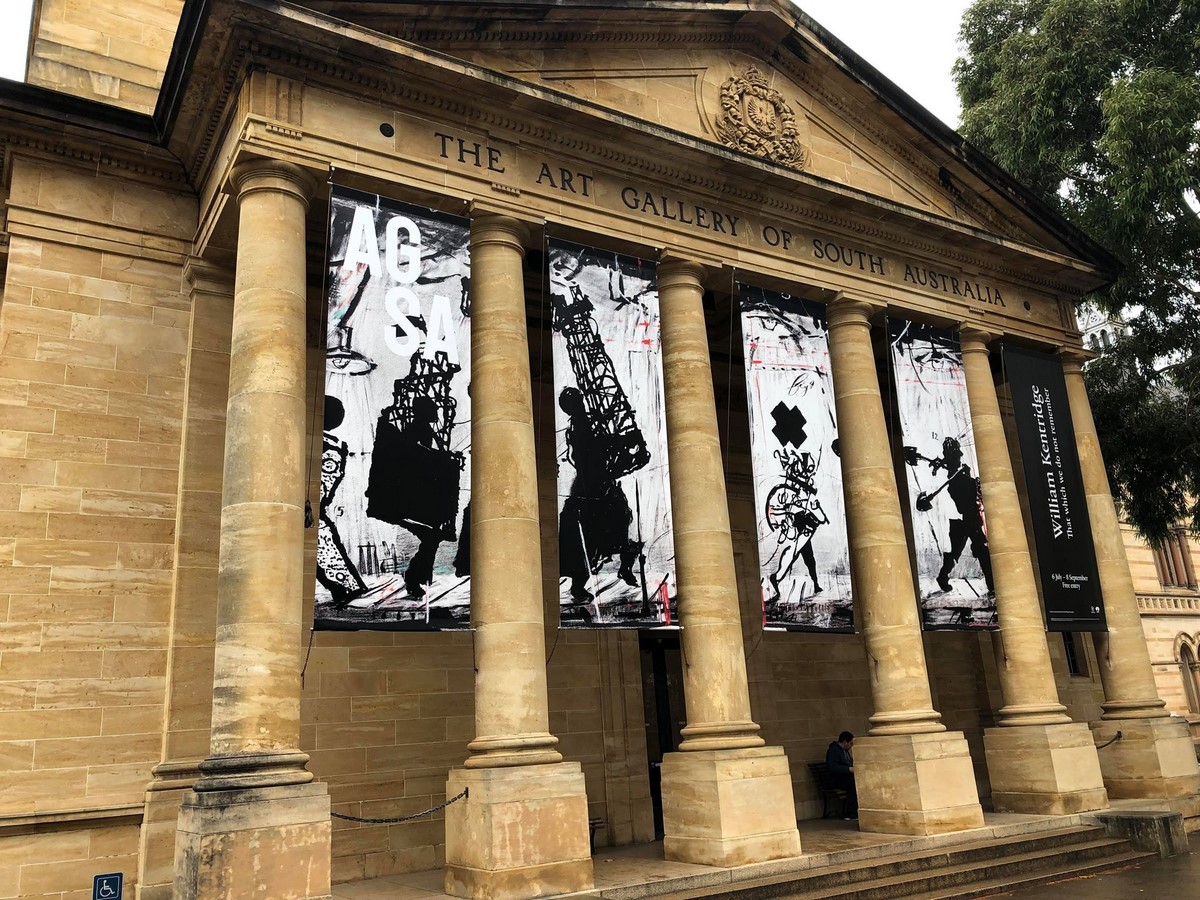
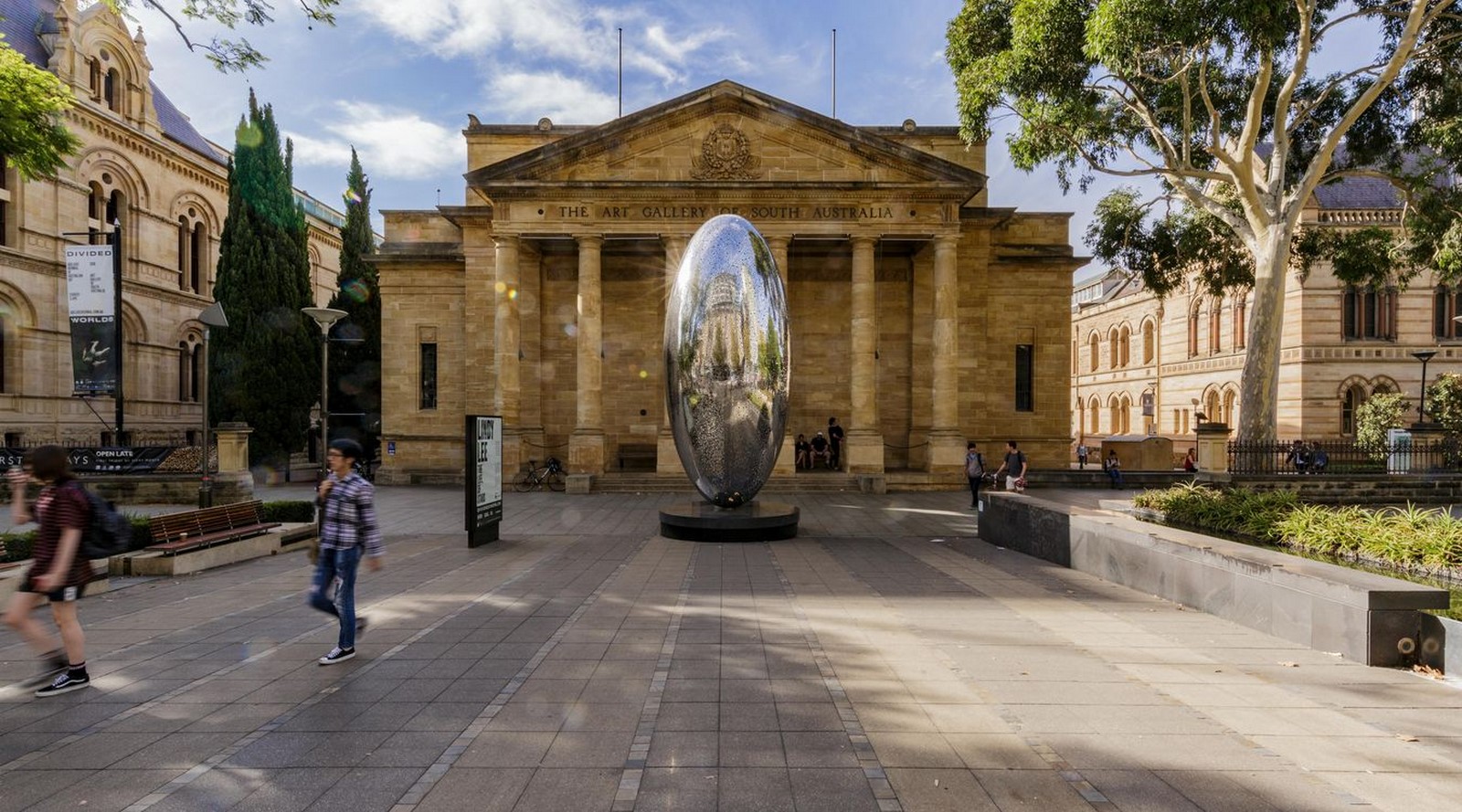
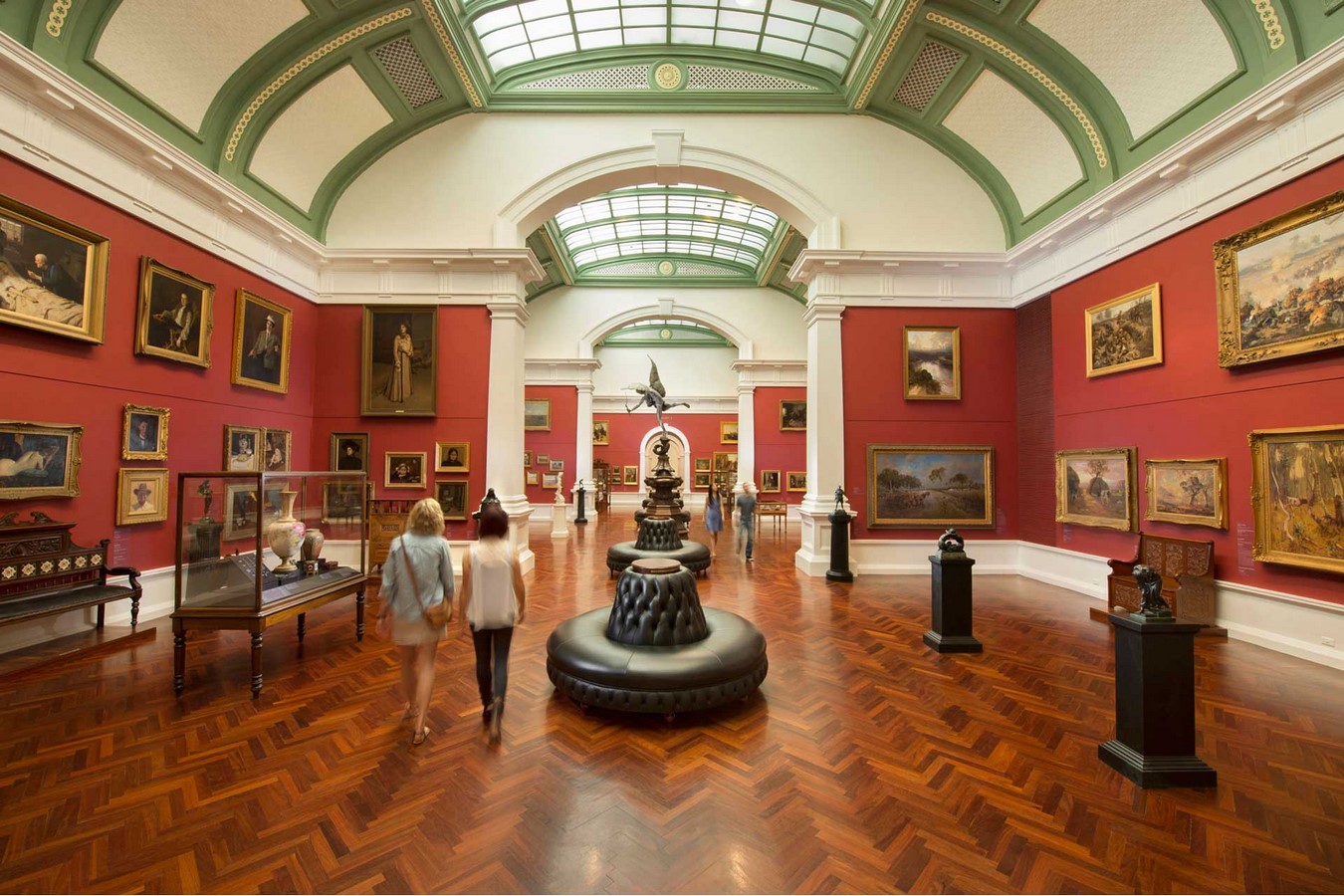
10. State Library of South Australia
The State Library lies in the cultural boulevard of The North Terrace. It surprises with its rock and roll balance between the modern and traditional architecture. There are three buildings, the heritage-listed Institute building, the Victorian Mortlock Wing and the last is a contemporary Spence Wing. The Mortlock Wing is made in French Renaissance style with a mansard roof and two interior galleries, supported by masonry columns and wrought iron brackets respectively. The glass foyers in the Spence Building are in complete contrast with its surroundings, hence stick out a mile.
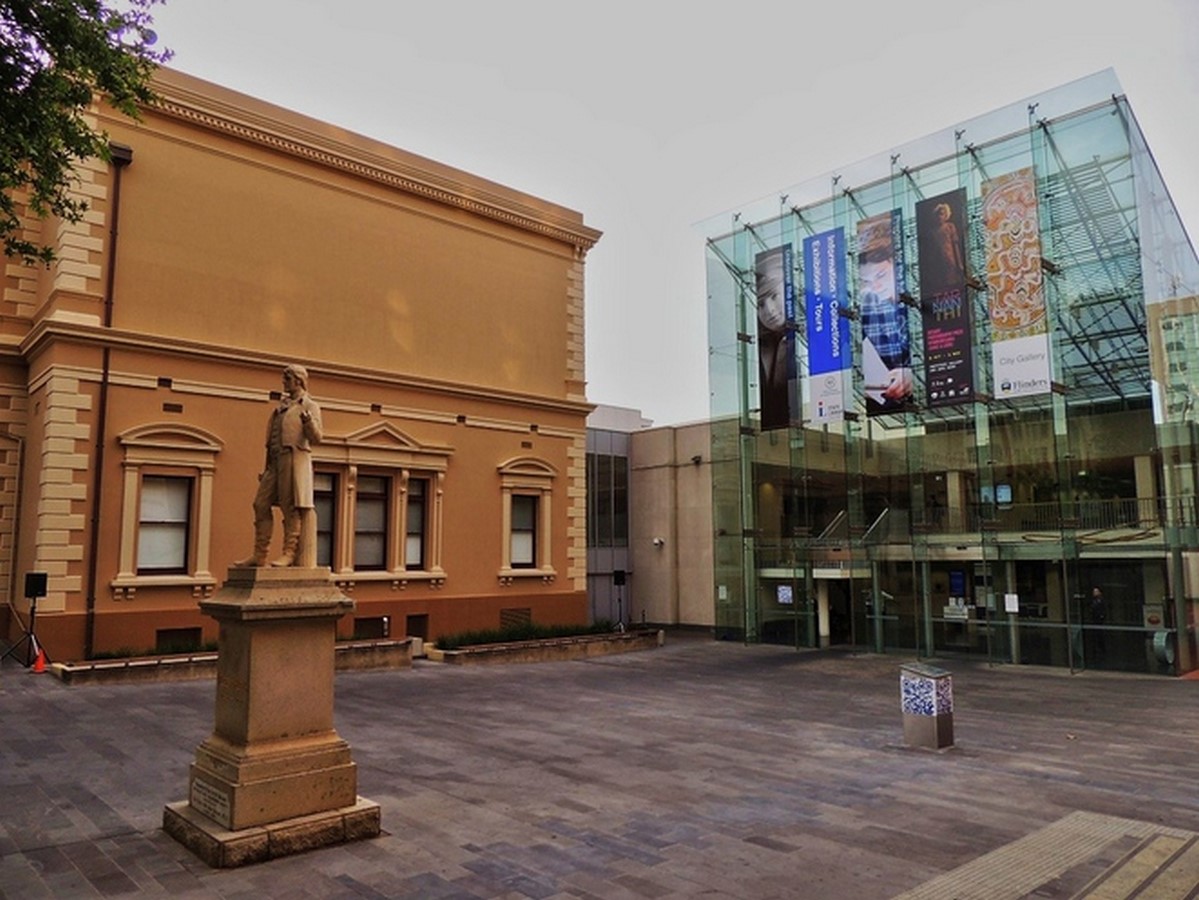

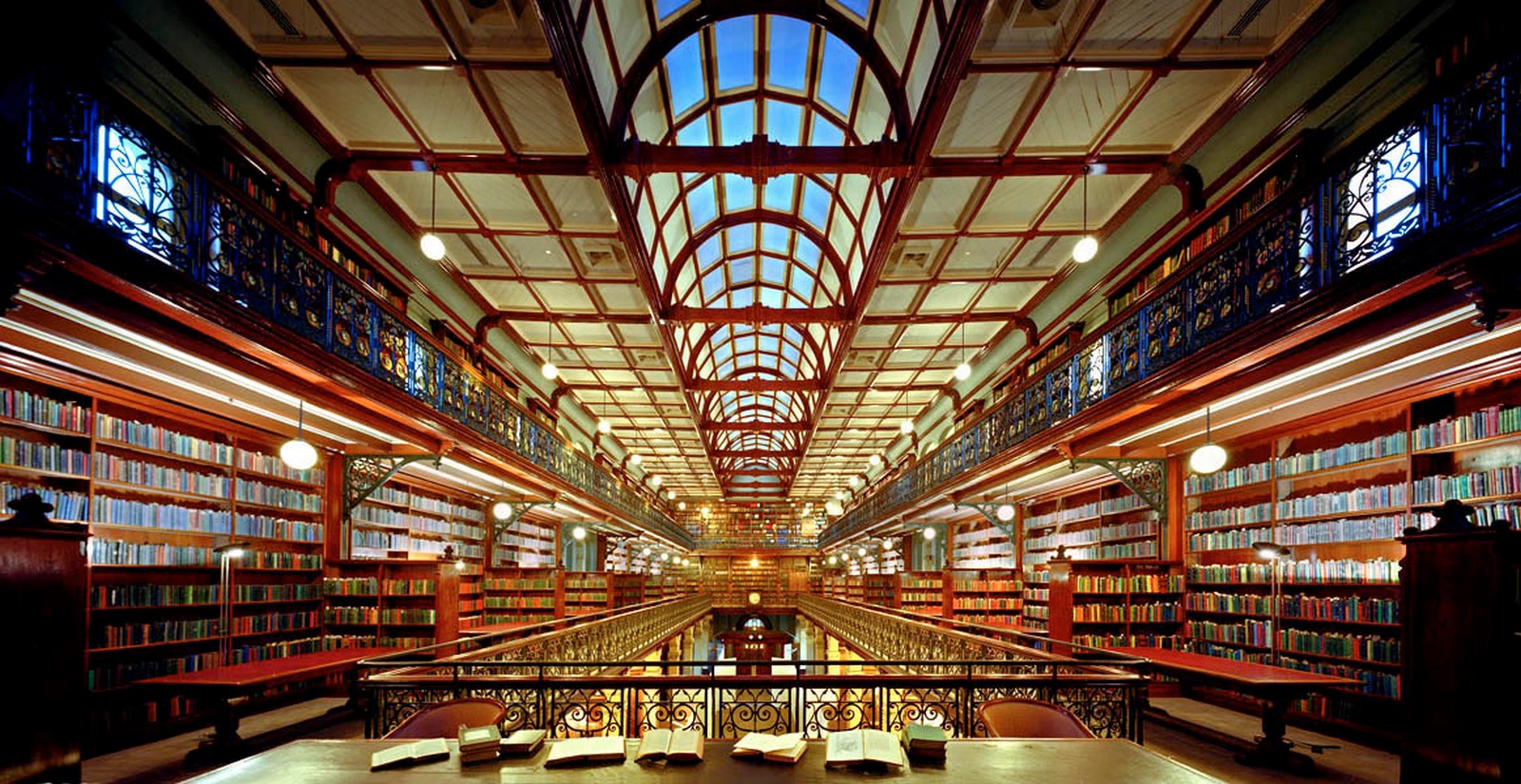
11. Adelaide Festival Centre
The city of Adelaide is known for its festivals and takes pride in celebrating them with pomp and show, this Festival Center, located in The Elder’s Park, happens to be the city’s answer. It has a huge 2000 seat Festival Theatre and various smaller theatres, banquet halls, light galleries, and an amphitheater. There are various open plazas for the pedestrians to devour the opulence of the building. The white tent-like roof structure is a distinctive landmark and is an icon of gratification for the Australians.
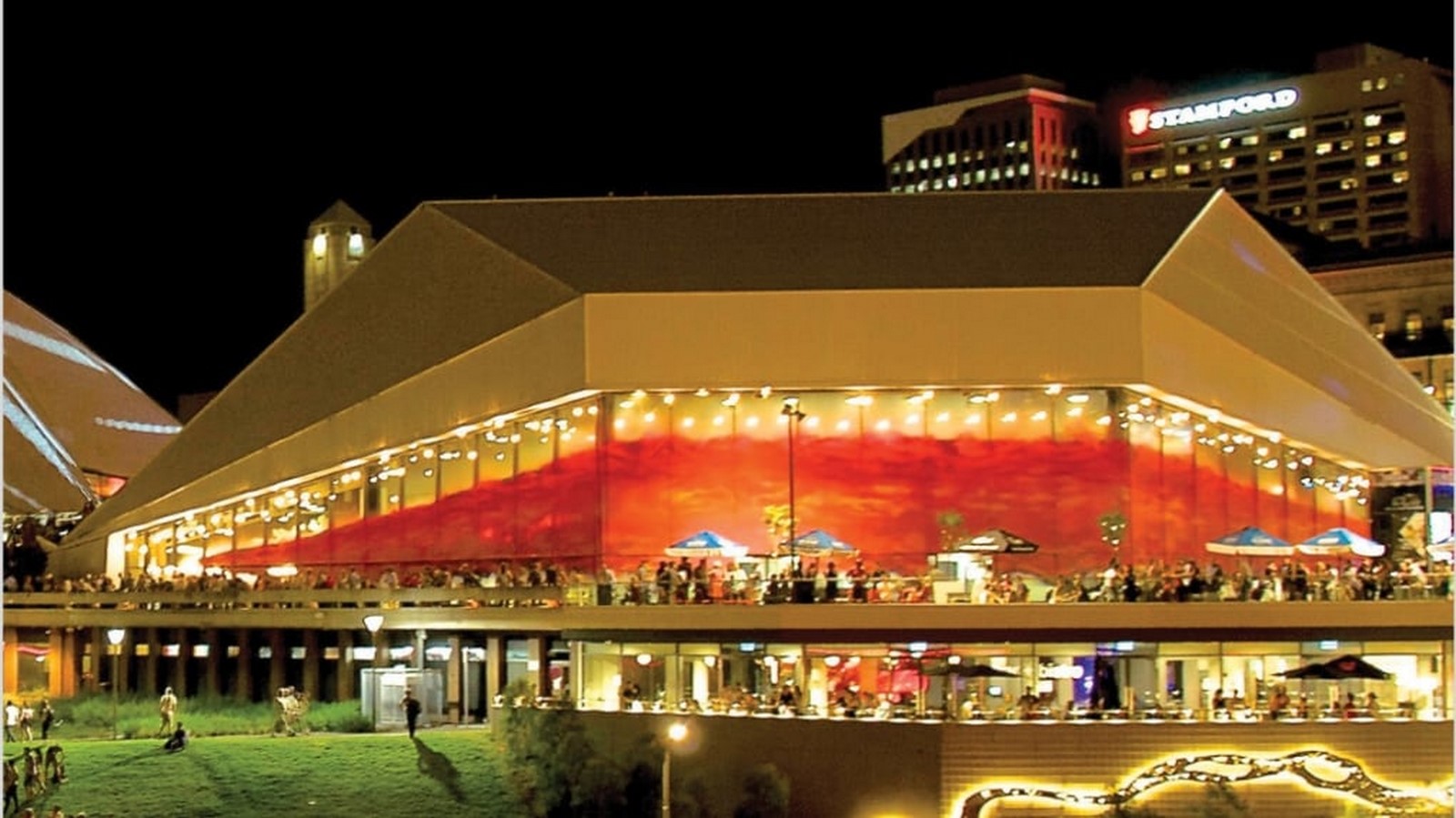
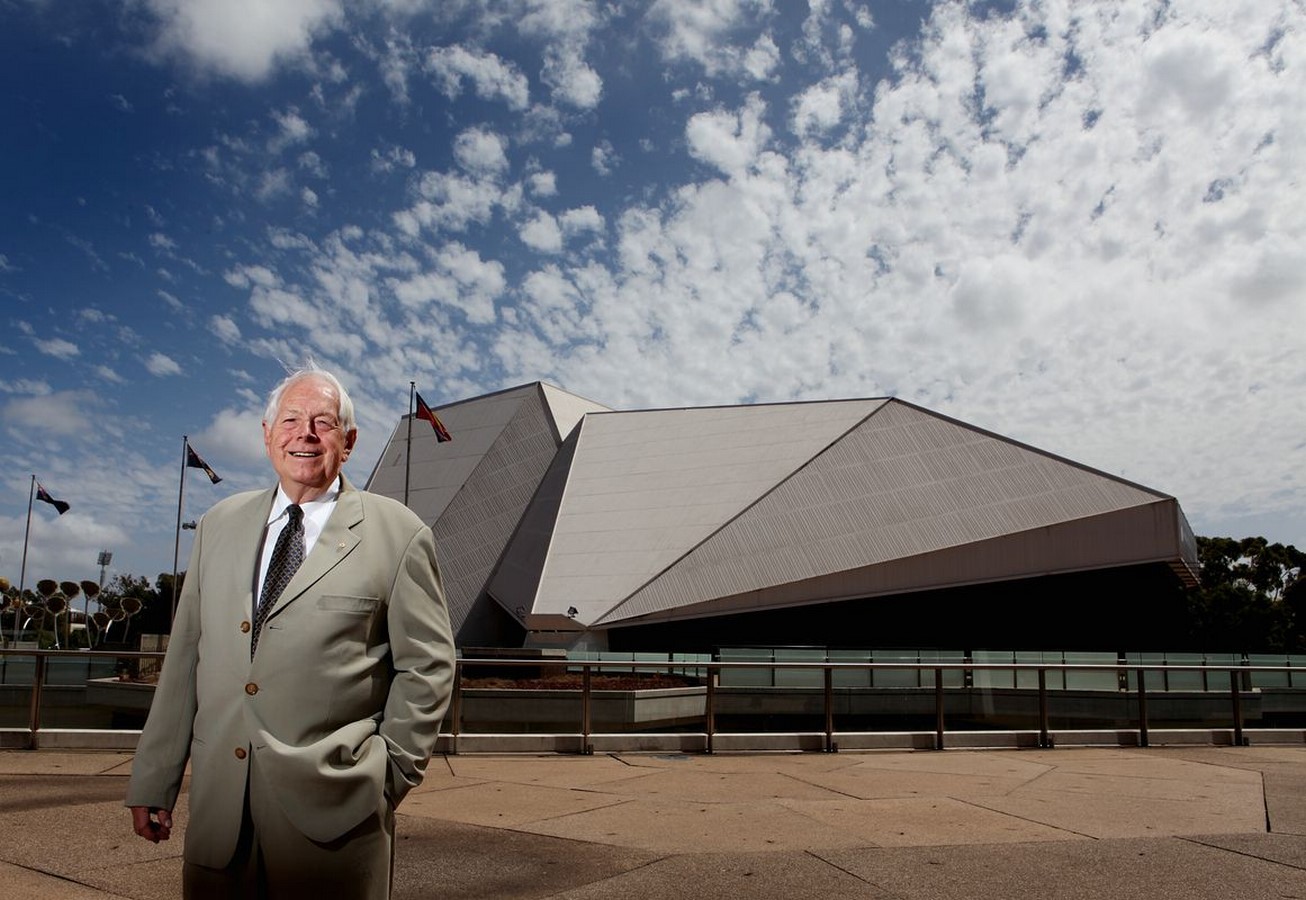
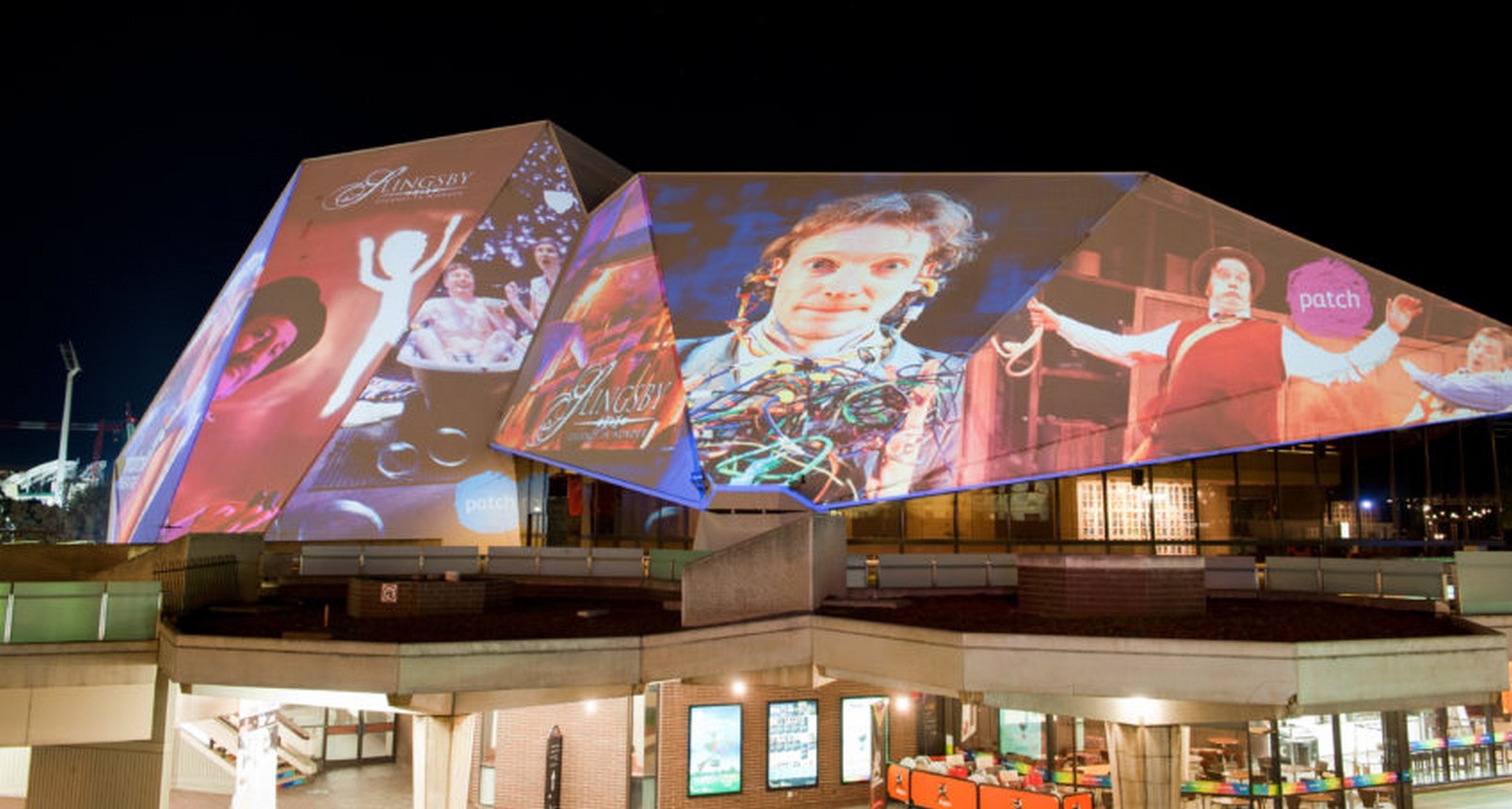
12. Art Deco House on the Prospect Road
A House built in 1938 on the Prospect Road, displays art deco style in full sublimity and is in strong disparity with the Victorian architecture of the city. It is a compact two-story house but is brimming with art deco elements. The ornate ceilings and the terrazzo flooring creates a visual treat for the visitor. Various art deco geometric motifs like the zigzag and trapezoidal patterns line the corners of the house. The elevation of the building has a series of setbacks and patterns in the façade, making it smooth and elegant. It was made by Architect Chris Smith, who was an ardent fan of the art deco style himself.
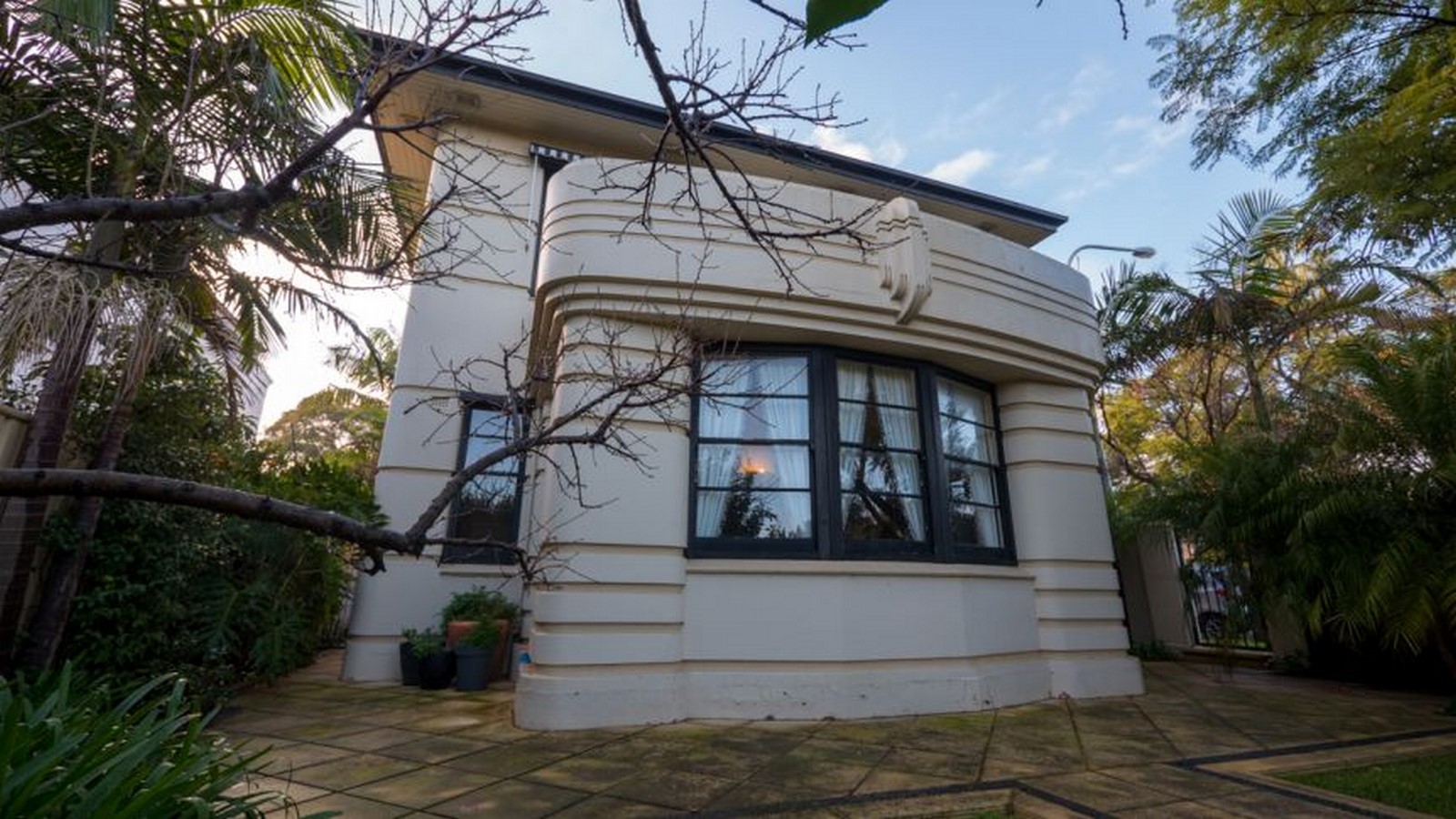
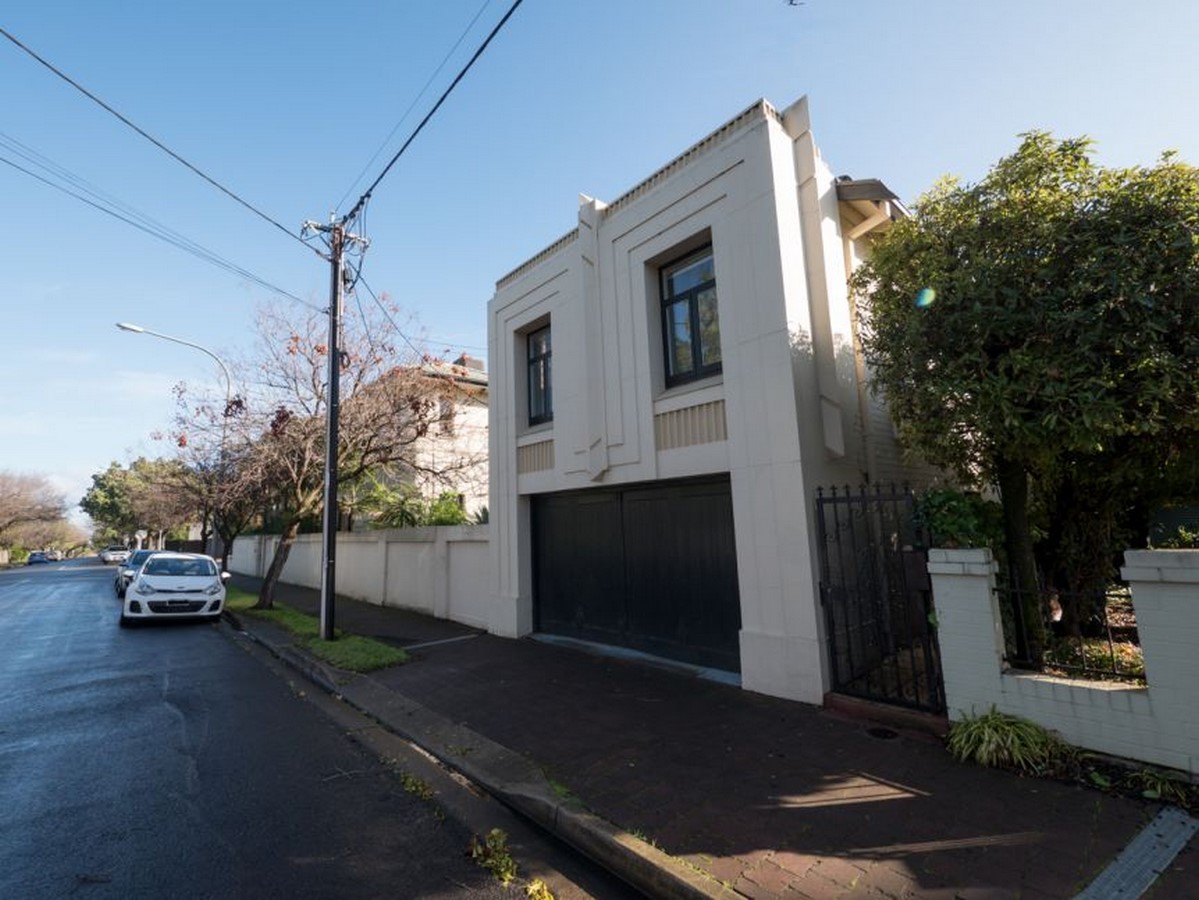
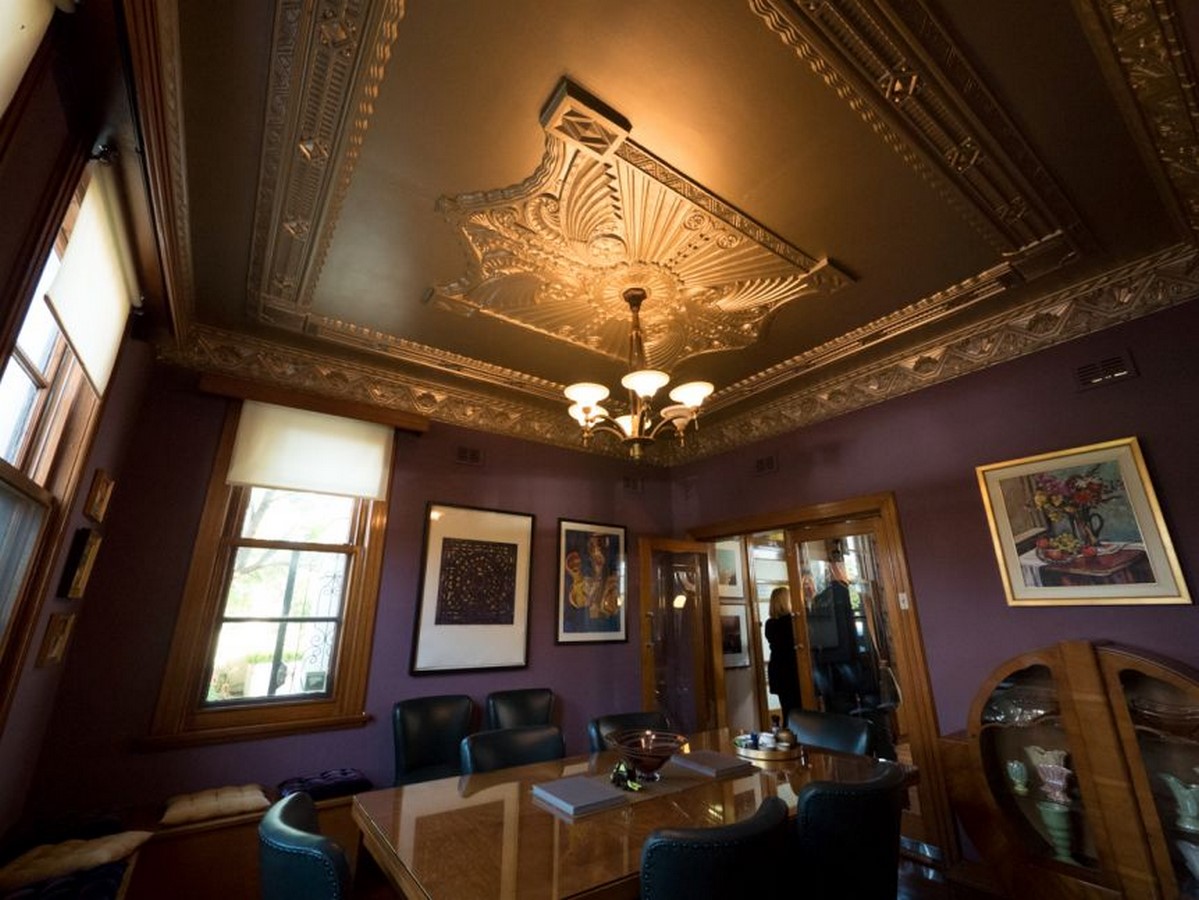
13. South Australian Museum
The South Australian Museum is situated on The North Terrace. It is well-known for its world-class national and cultural heritage collections along with a storehouse of artifacts and cultural details of the Aboriginal Australians. The museum uses interactive elements and touch screens for visitors. The building is a juxtaposition of the classical and the contemporary architecture where it serves the Victorian stone façades and the glass edifice on the same platter.
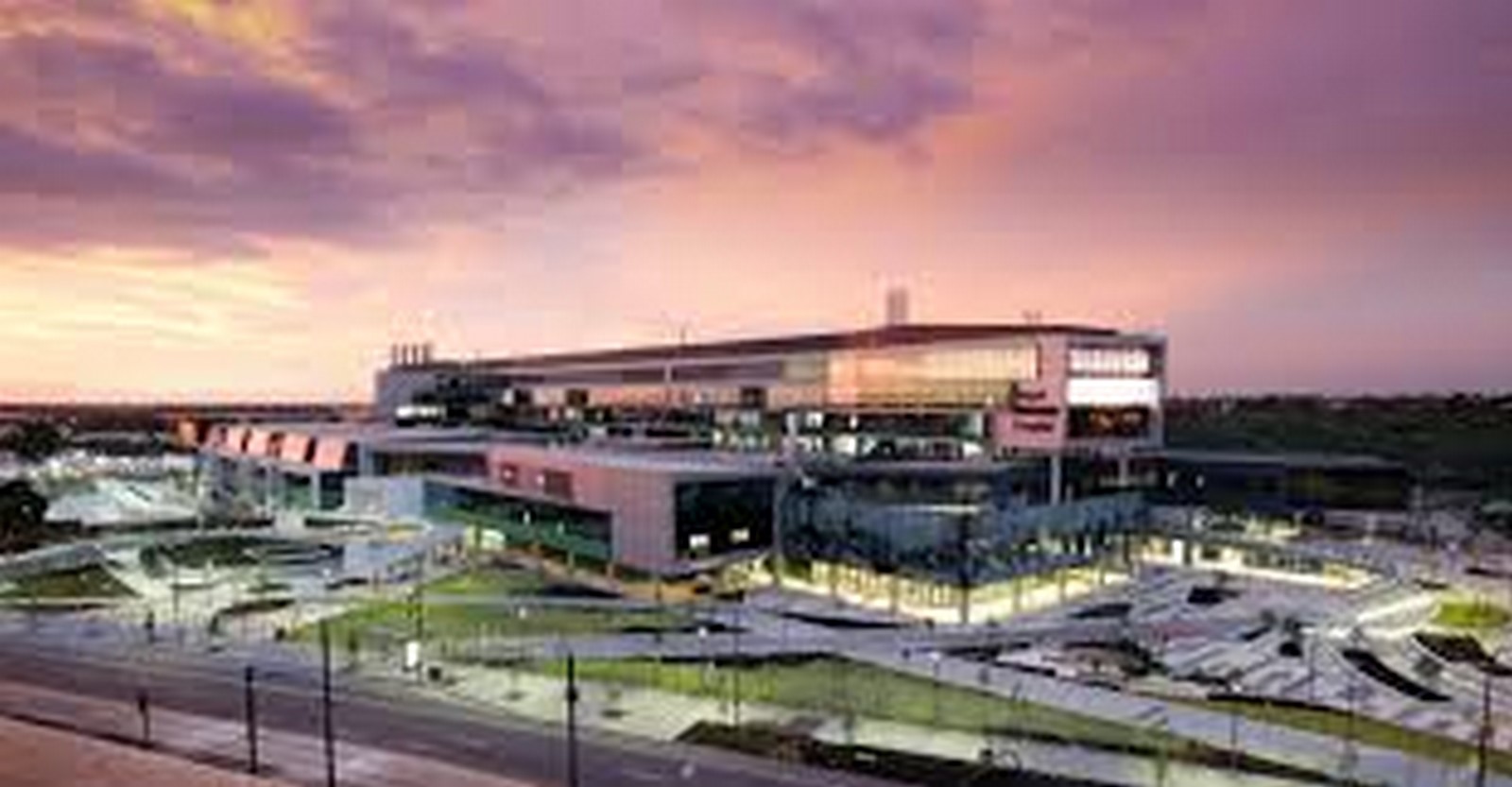
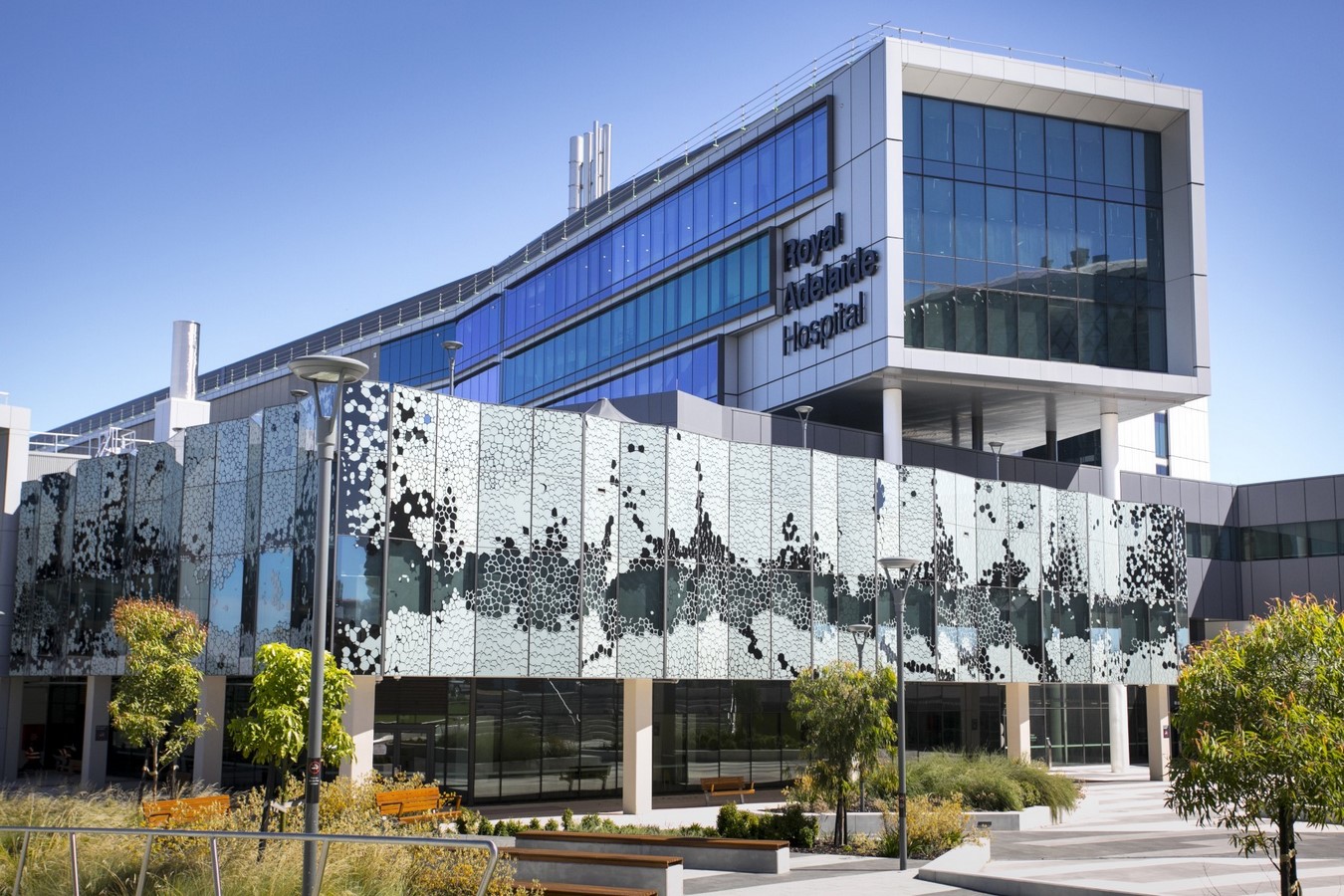
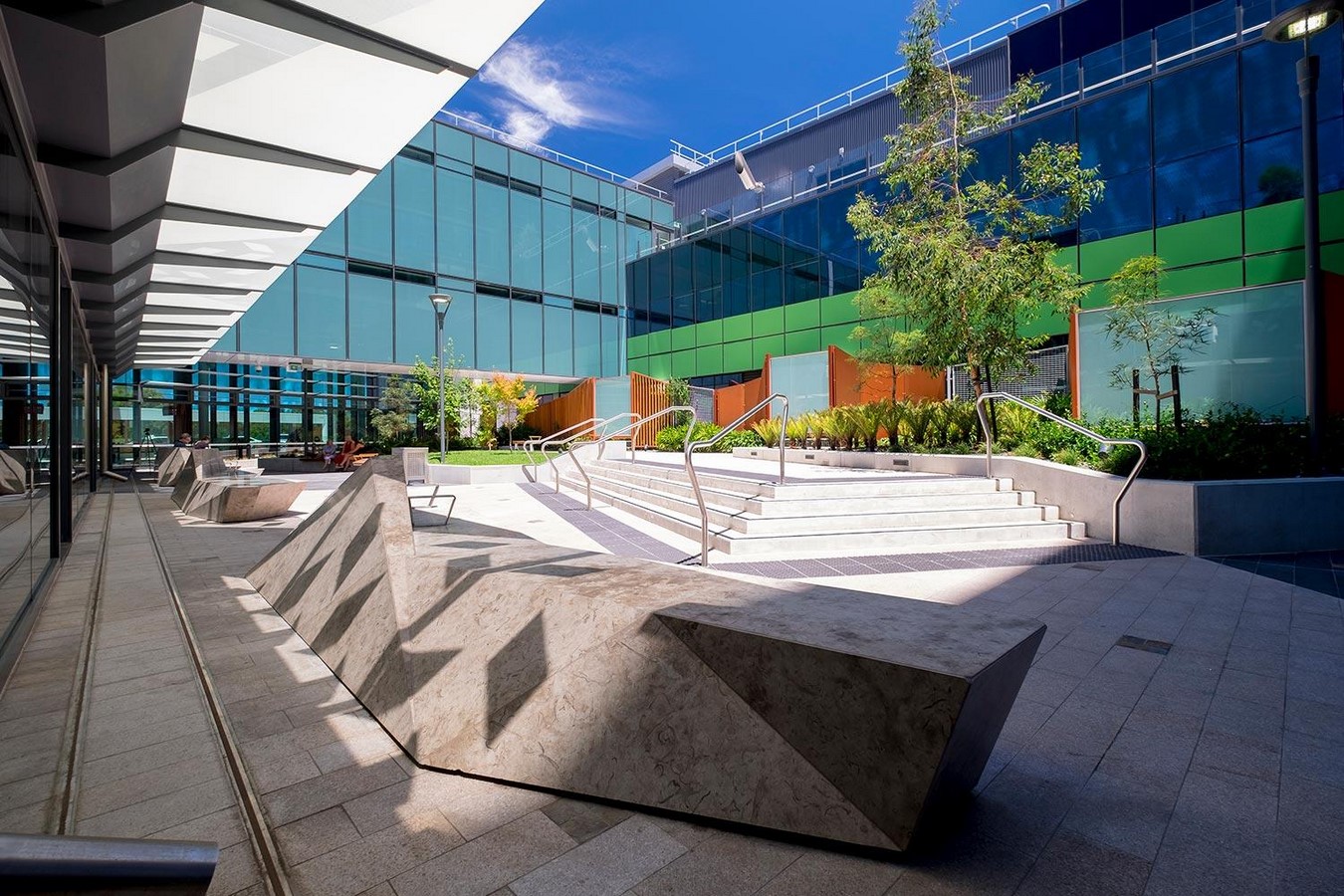
14. Royal Adelaide Hospital
The new Royal Adelaide Hospital is a state of the art healthcare facility located in the Adelaide parklands, with benchmark energy-efficient techniques and latest technological advancements used to its best. It has huge glass facades for proper daylight access to the various areas of the building, which aids in cutting down the costs of artificial investments.
The hospital uses its waste heat to control the domestic water heater system and also has ensured rainwater and stormwater harvesting in its premises. The design is patient-centered with extensive lawns and terrace gardens for the patients to stroll and relax.

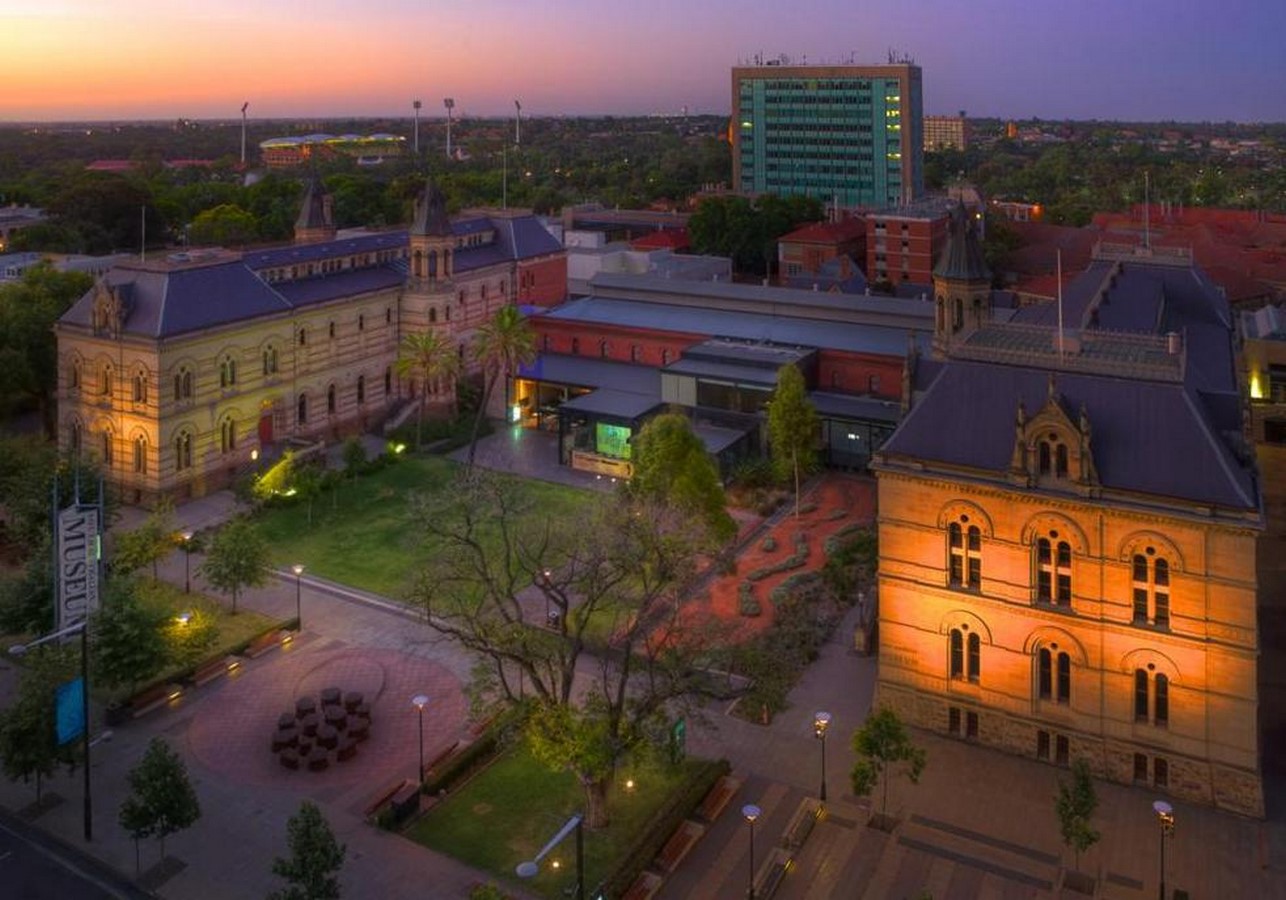

15. Adelaide Stock Exchange Building
The Adelaide Stock ExchangeBuilding is one of the oldest classical buildings in the city. It is highly regarded for its Edwardian/Federation architecture, and also draws inferences from the Arts and Crafts Movement. The famous Stained Glass Window near the stairwell, eminently known as The Federation Window, which has now been donated to the Art Gallery of South Australia is as esteemed. The building has had two fires since the last decades, but this window is like a phoenix. The tower block of the building, now in the foreground of the office towers, creates an impressive asymmetry of forms. Presently, the building is used by the Royal Institution of Australia.
